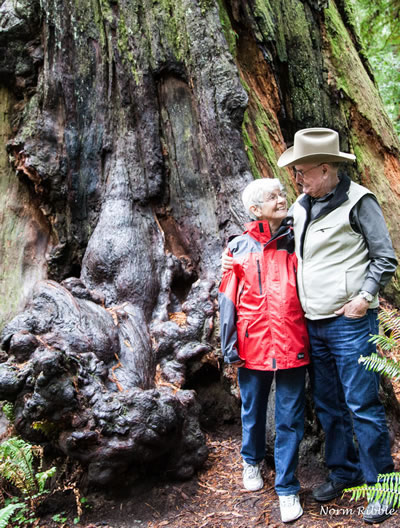Utah's State Capital

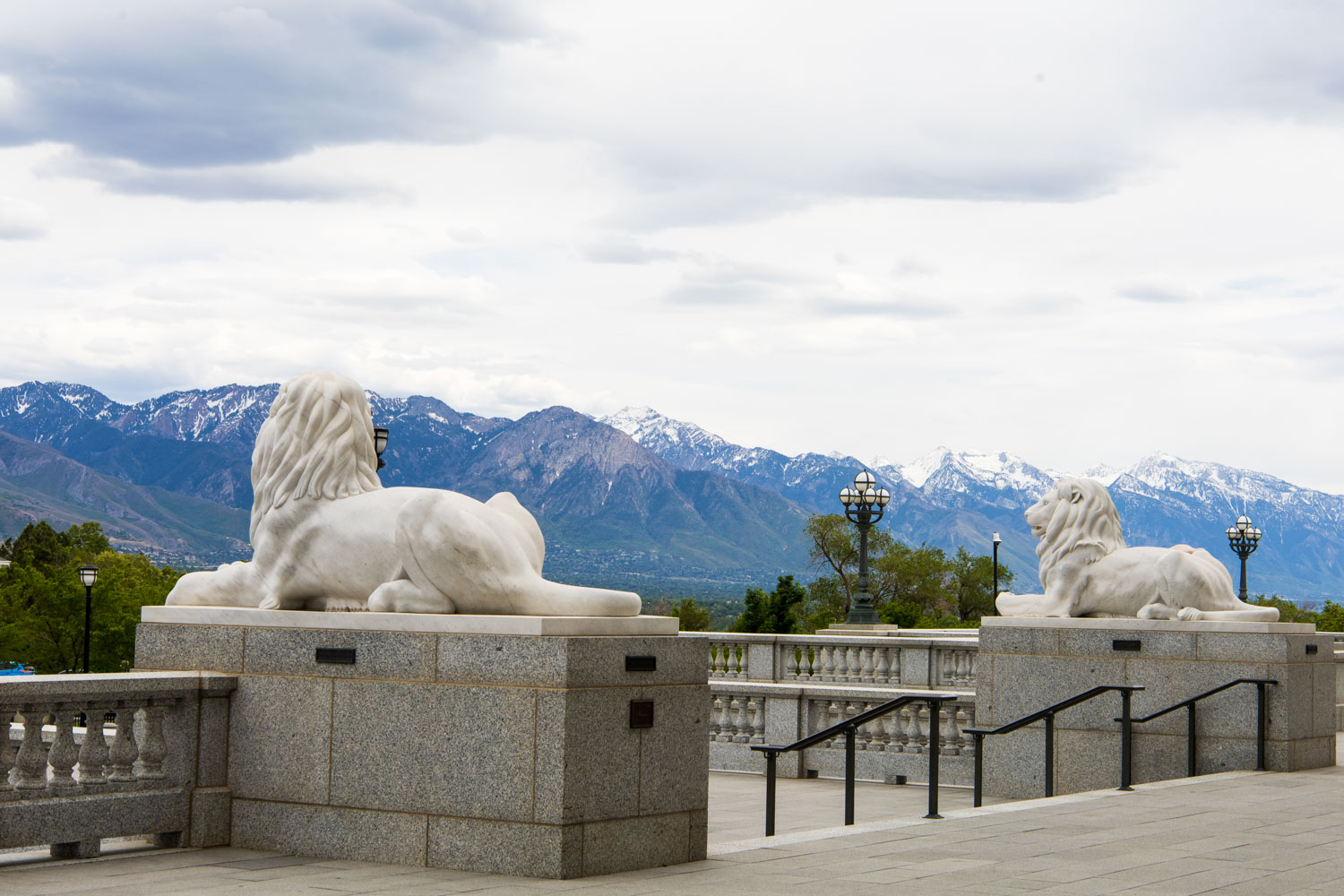
May 25 & 26, 2021
The mighty Utah Lions watching over the Wasatch Mountains. The Wasatch Front (valley) has an interesting pheromone in the geography of the United States. It is the only area that does not drain to the Atlantic or the Pacific. The uplift of the Colorado Plateau established this valley thousands of years ago with a bountifull water supply.
This is why Brigham Young lead 147 Mormon people to the Wasatch Valley in 1847 from Independence, MO. Over the next two decades wagon trains bearing thousands of Mormon immigrants followed Young's westward trail. By 1896, when Utah was granted statehood, the church had 250,000 members with most of them living in Utah.
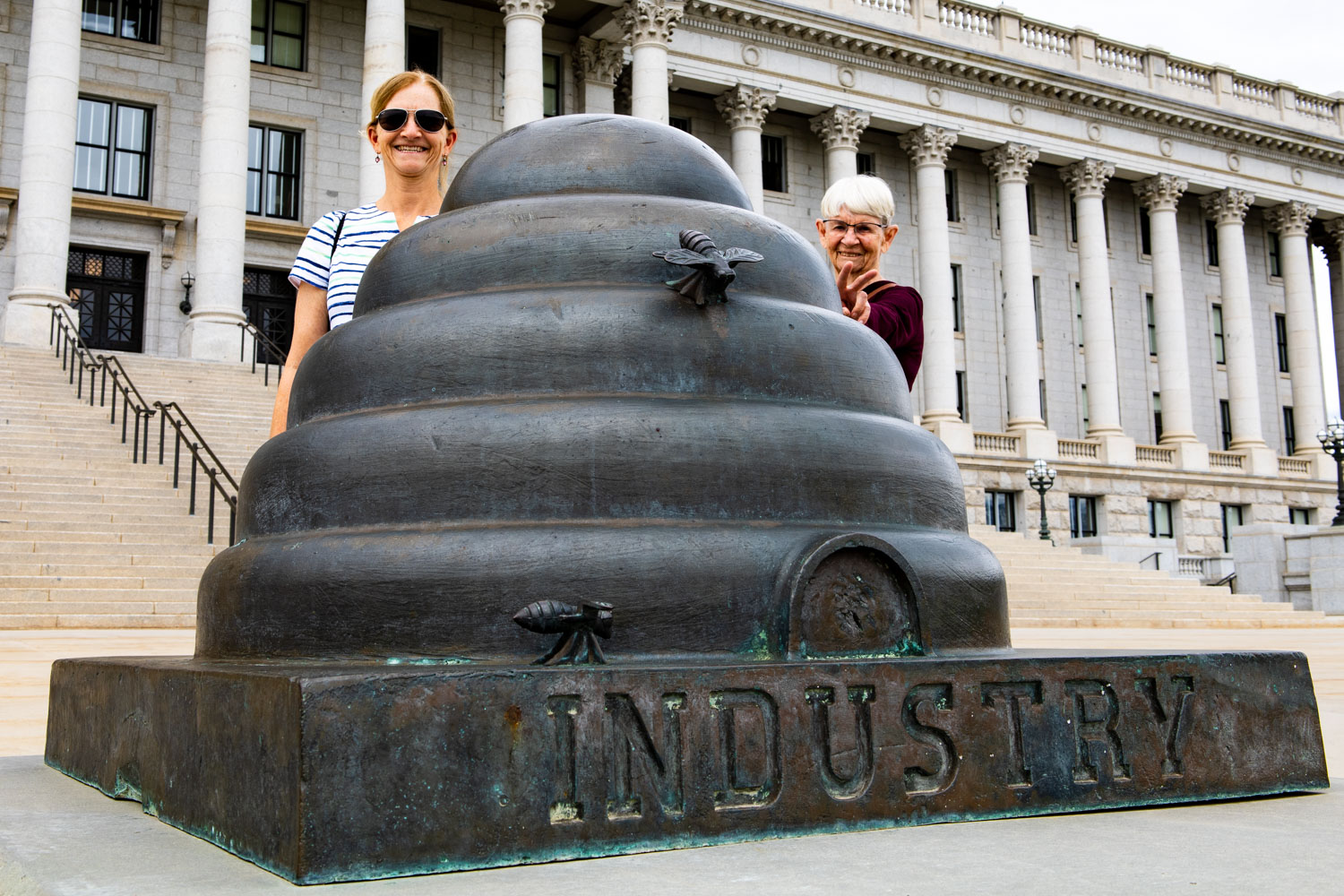

The Mormon migration to the Territory was the first migration of a complete society. The imigrates were Lawyers, Engineers, Scholars, Teachers, and of course strong Religious Leadership. They were an educated society and had skilled workers of every craft. It is easy to see why they were resented and envied by the typical midwestern and western settlers. But most of all they brought a work ethic that was second to none which was representive by the Beehive.
The first 20 years they traveled to Utah by wagon or handcart. After the transcontinental railroad was completed in 1869, the LDS emigrants came by train.
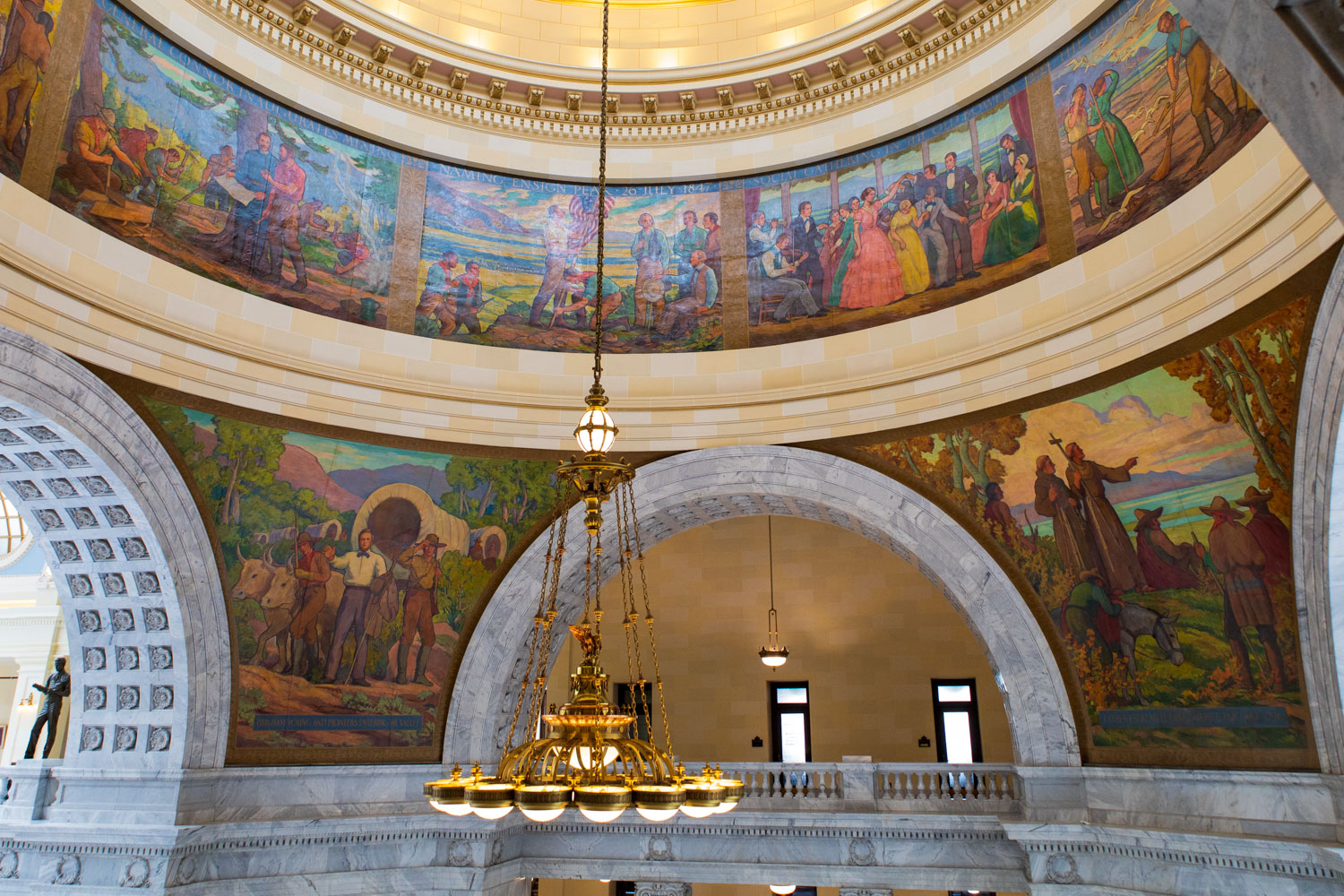
The paintings in four arches supporting the dome depict the settlement of Utah. Exploration by John C. Fremont, the Dominguez-Esclante expedition, fur trapping, and the arrival of the Mormon Pioneers led by Brigham Young.
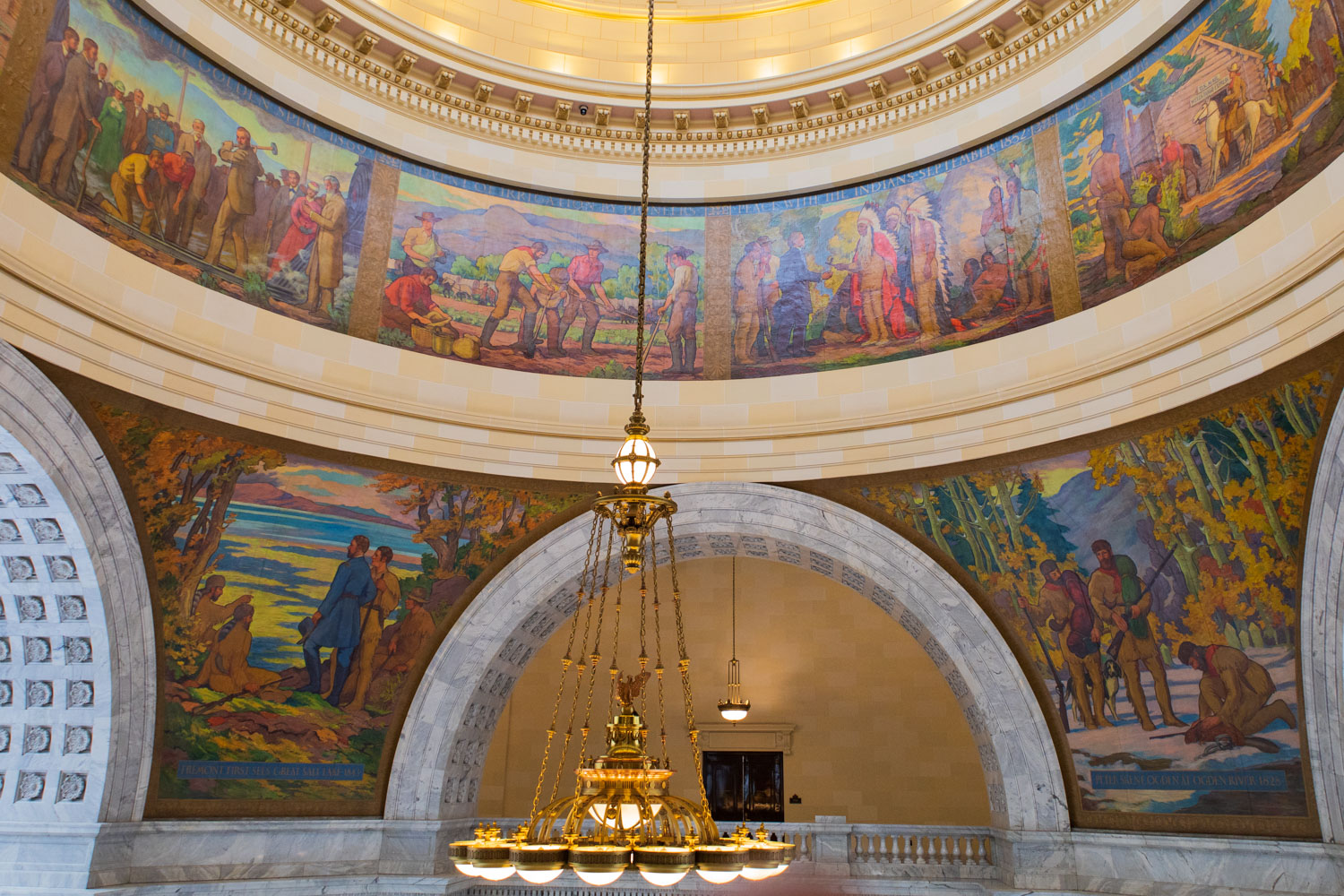
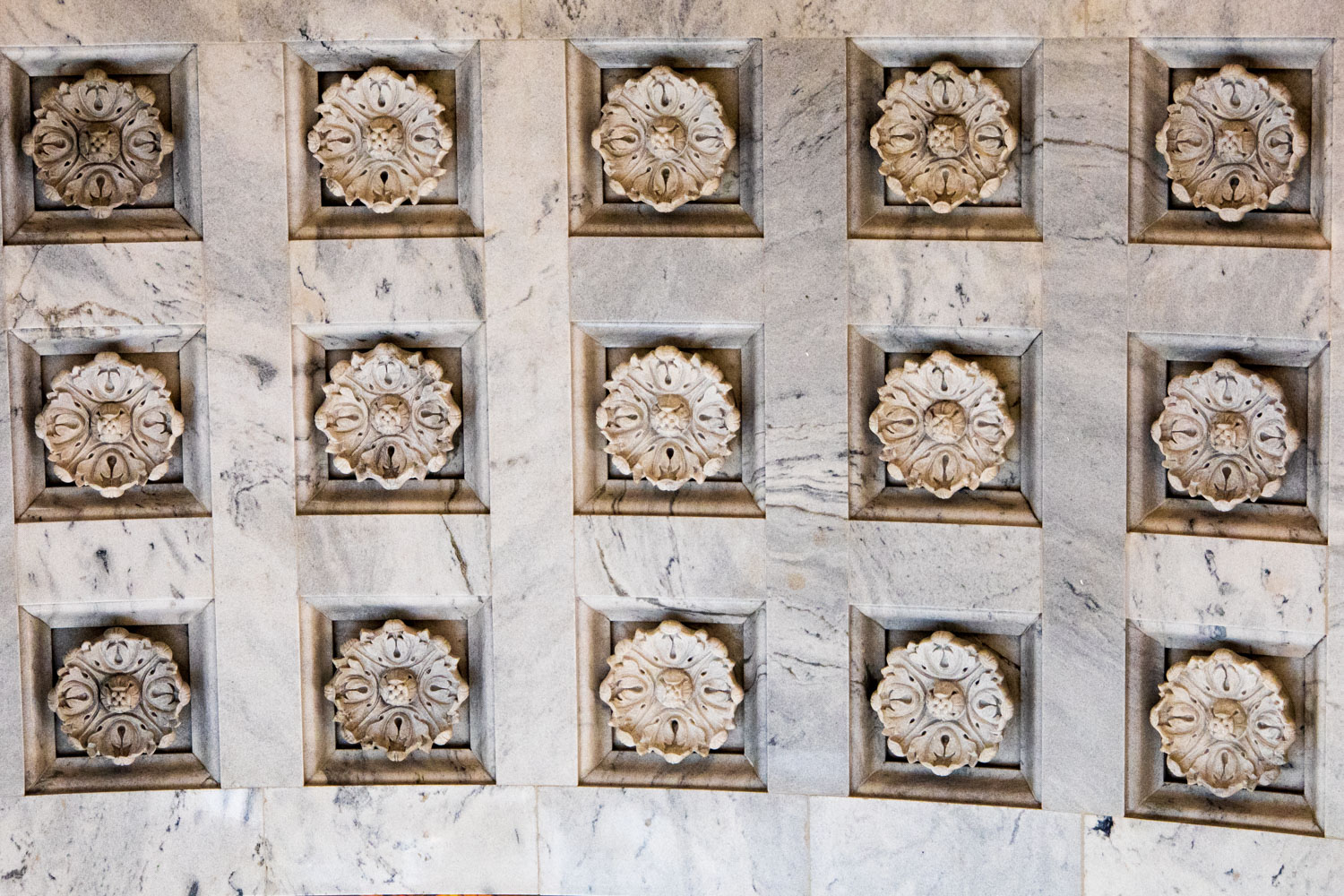
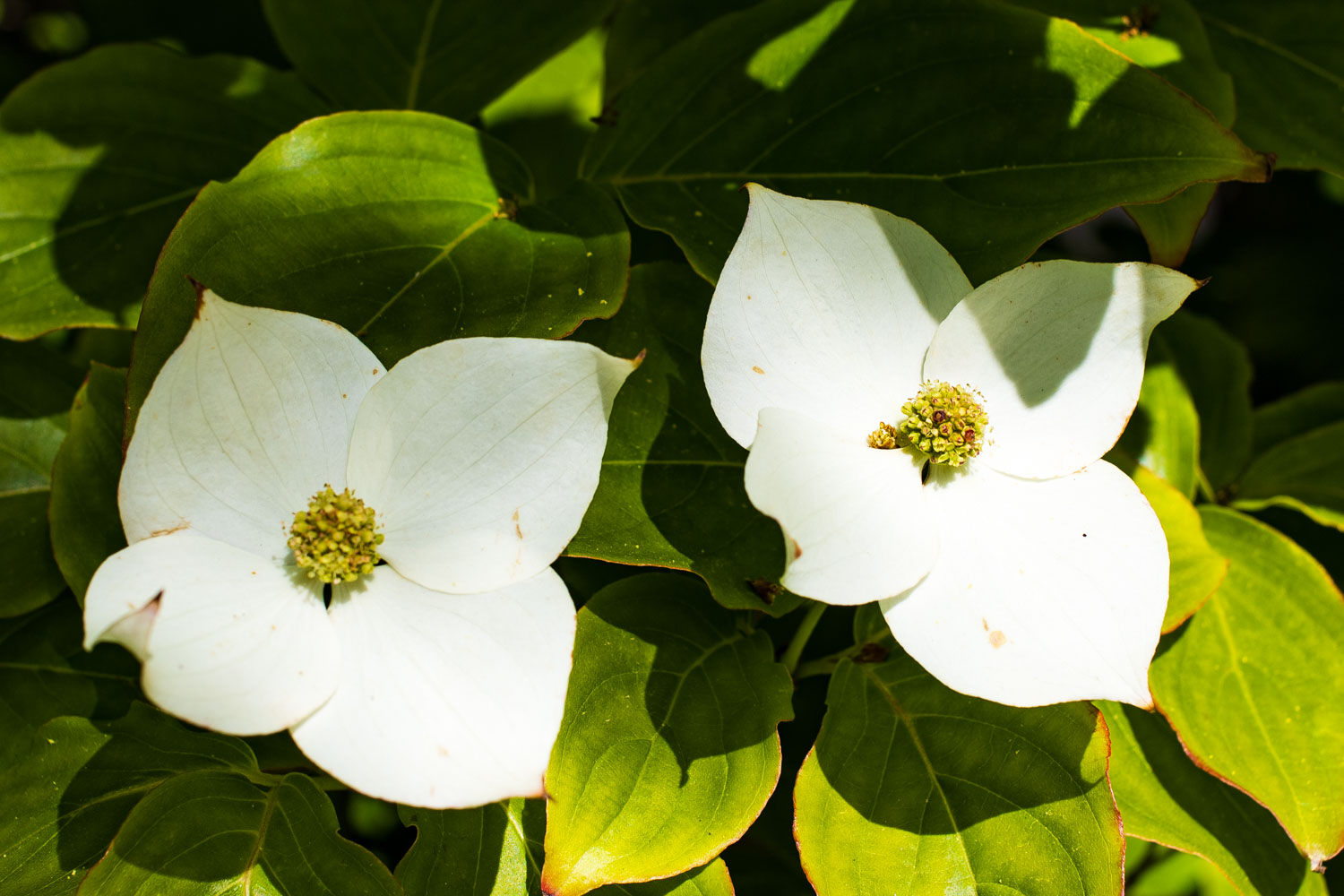
Sego Lilies are the Utah State Flower. This plant is responsible for saving the Mormon pioneers from hunger many times in their early settlement. The lilys retained their color after cooking and made a colorful dish.
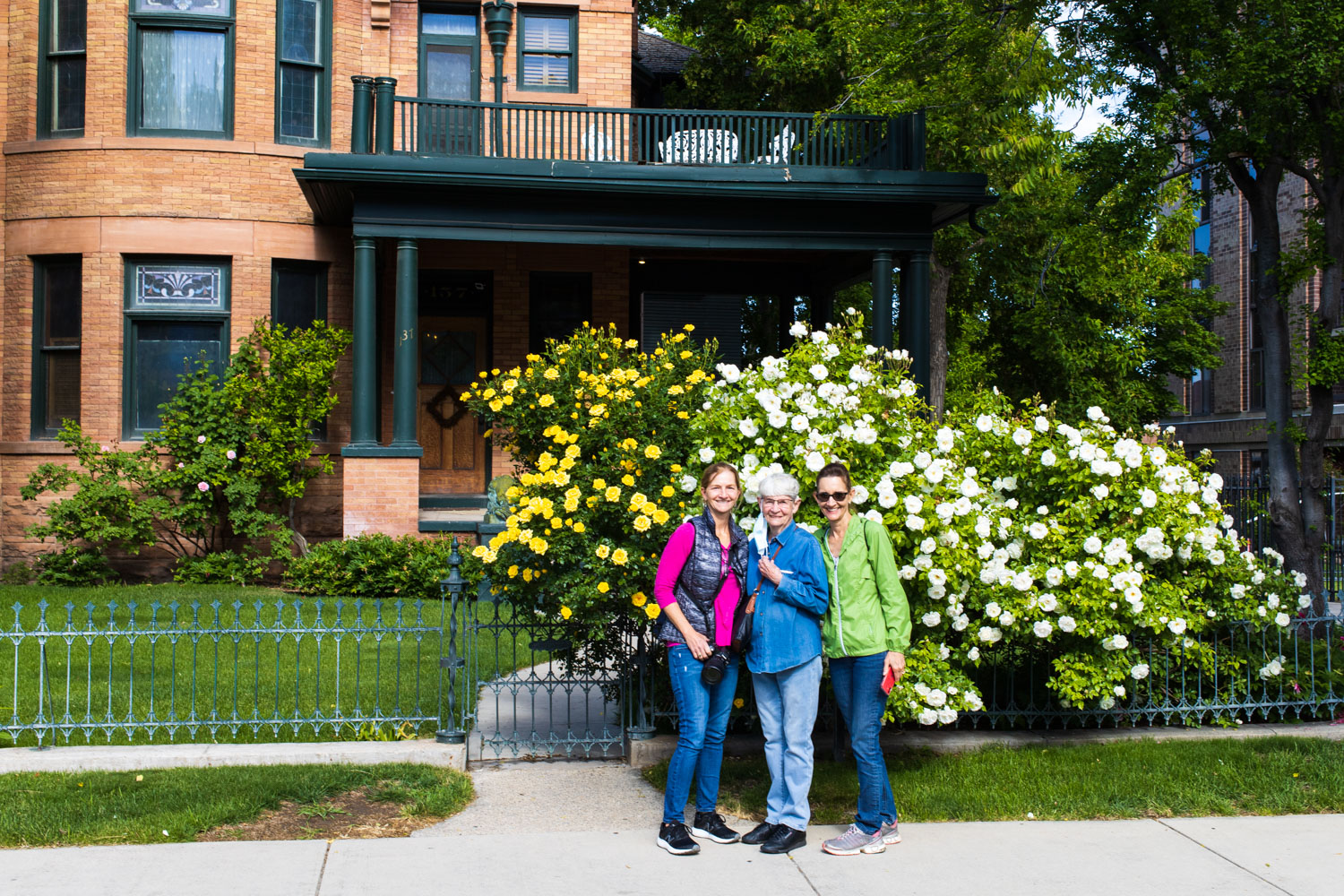
My traveling Lilies by a beautiful rose bush across the street from Temple Square.
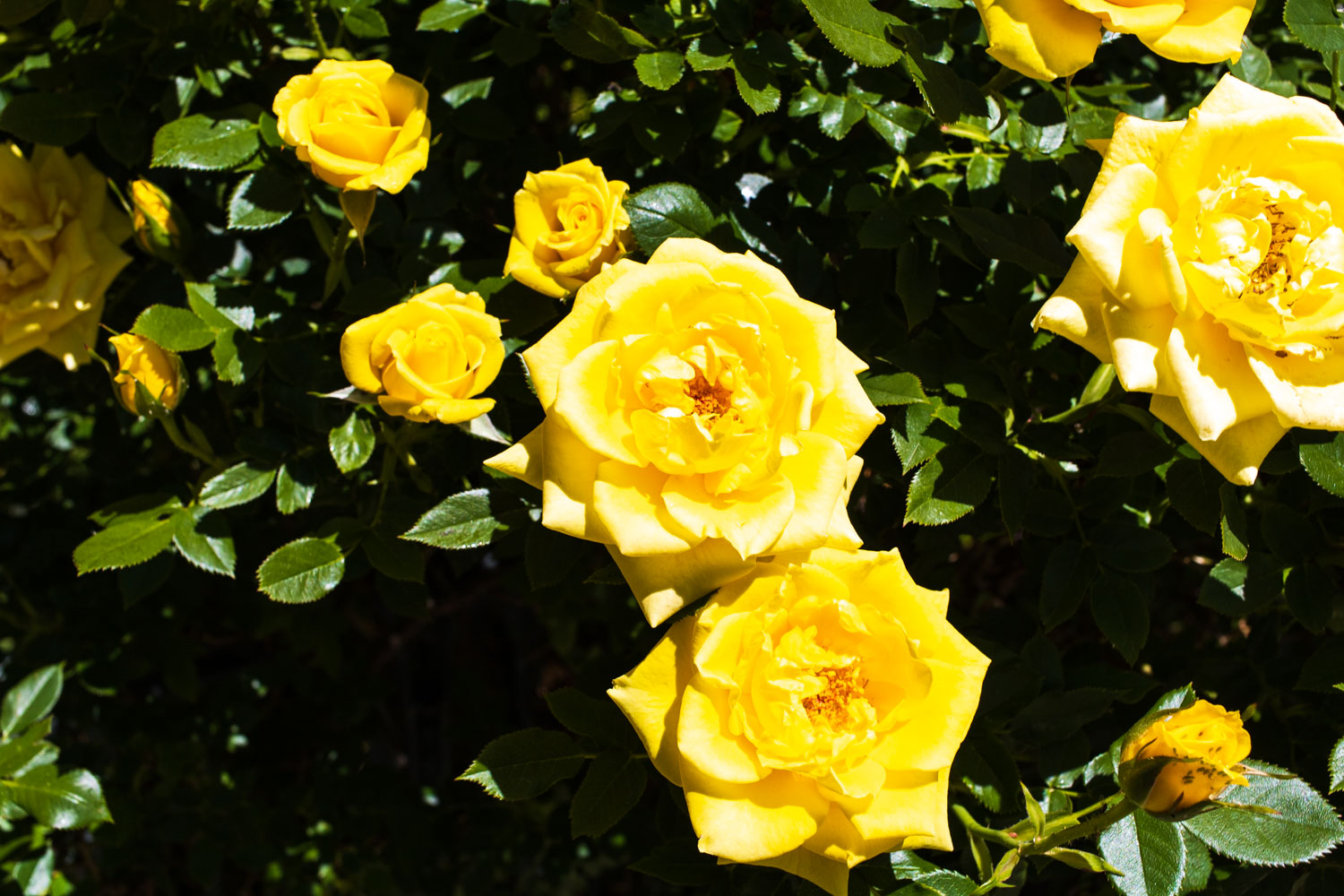
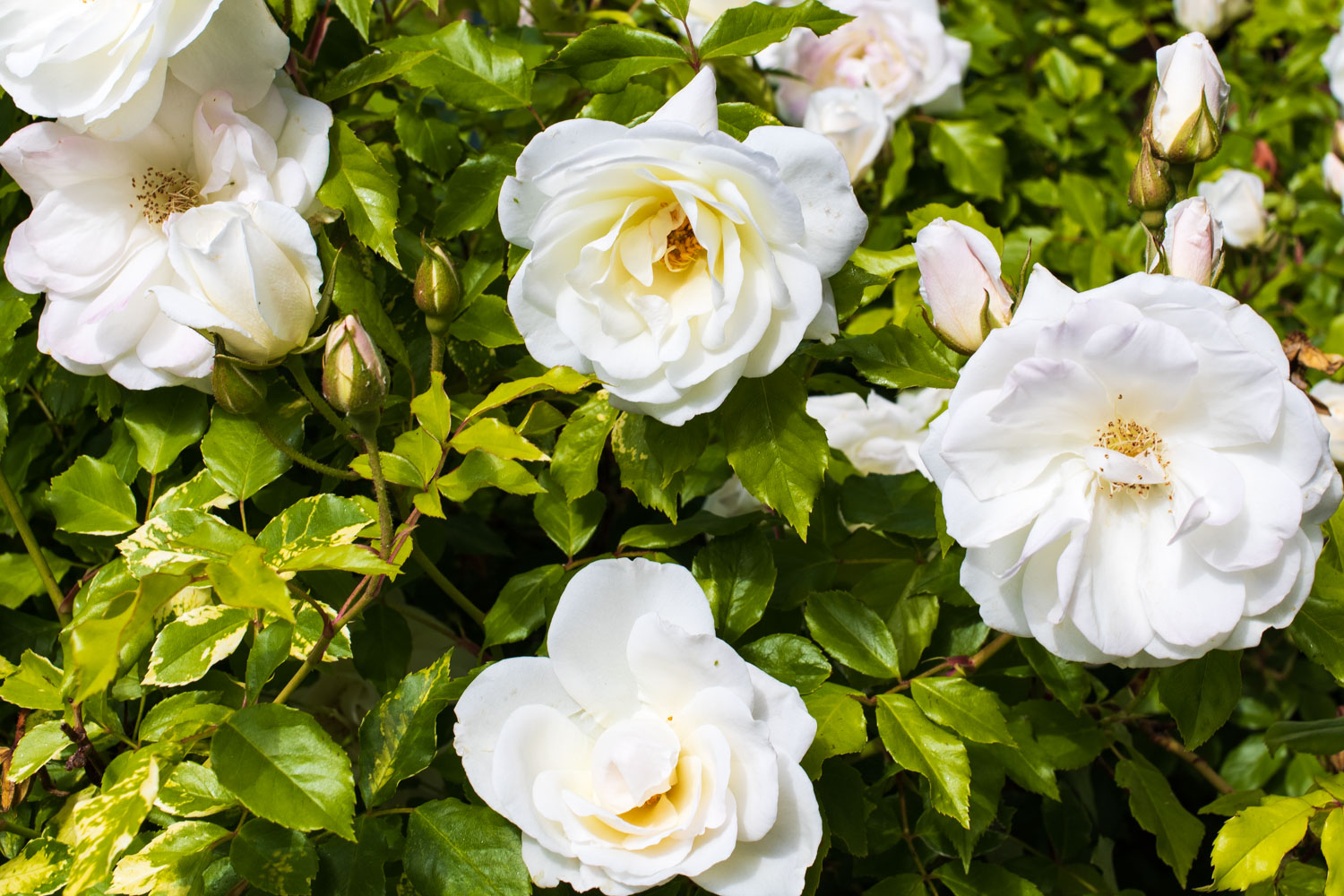
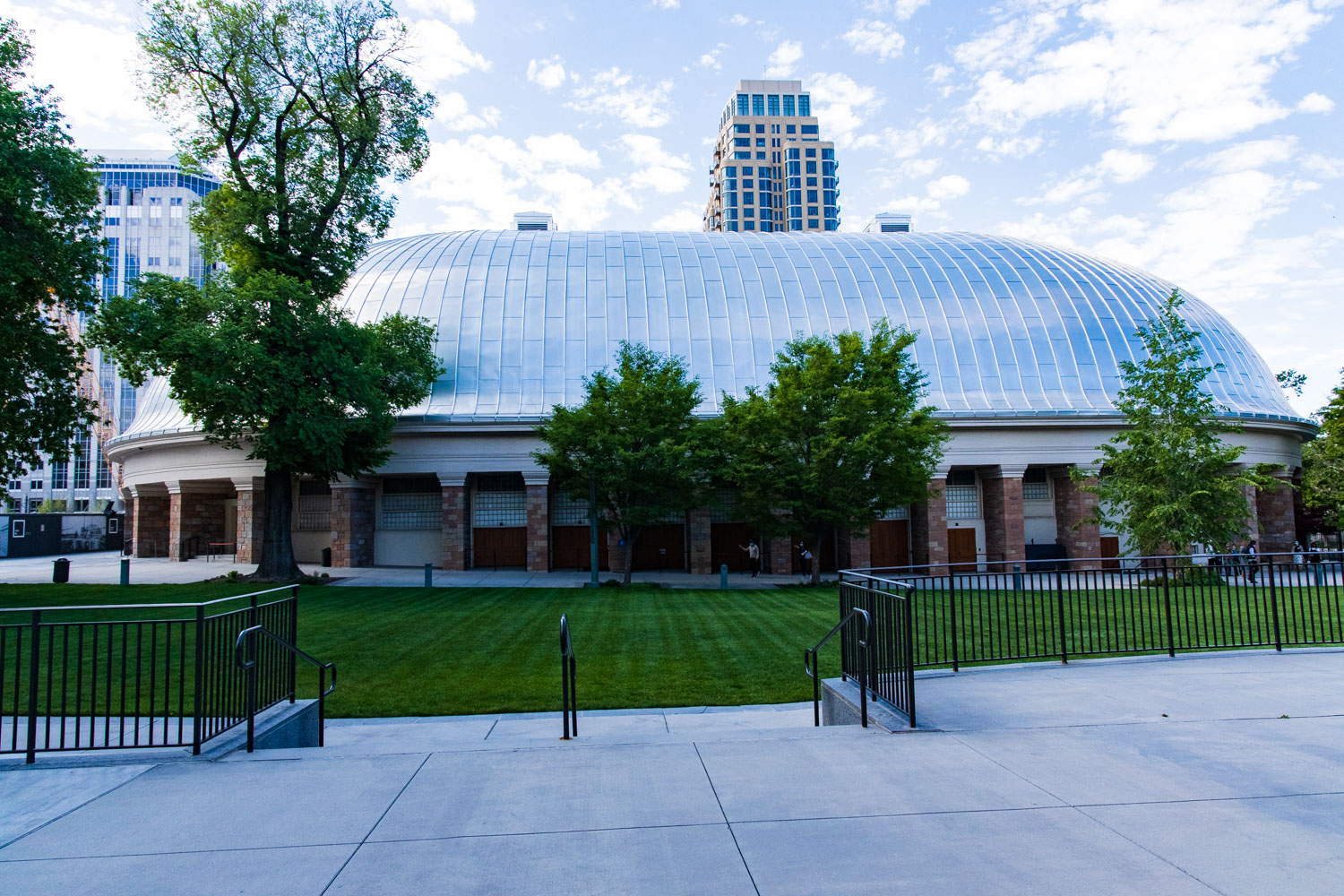
The Salt Lake Tabernacle was designed for large gatherings and events for The Church of Jesus Christ of Latter-day Saints. Construction on the Tabernacle began in 1863 and was completed in 1867. It is located on the west side of Temple Square and is home to The Tabernacle Choir at Temple Square with the iconic 11,623-pipe organ as a backdrop.
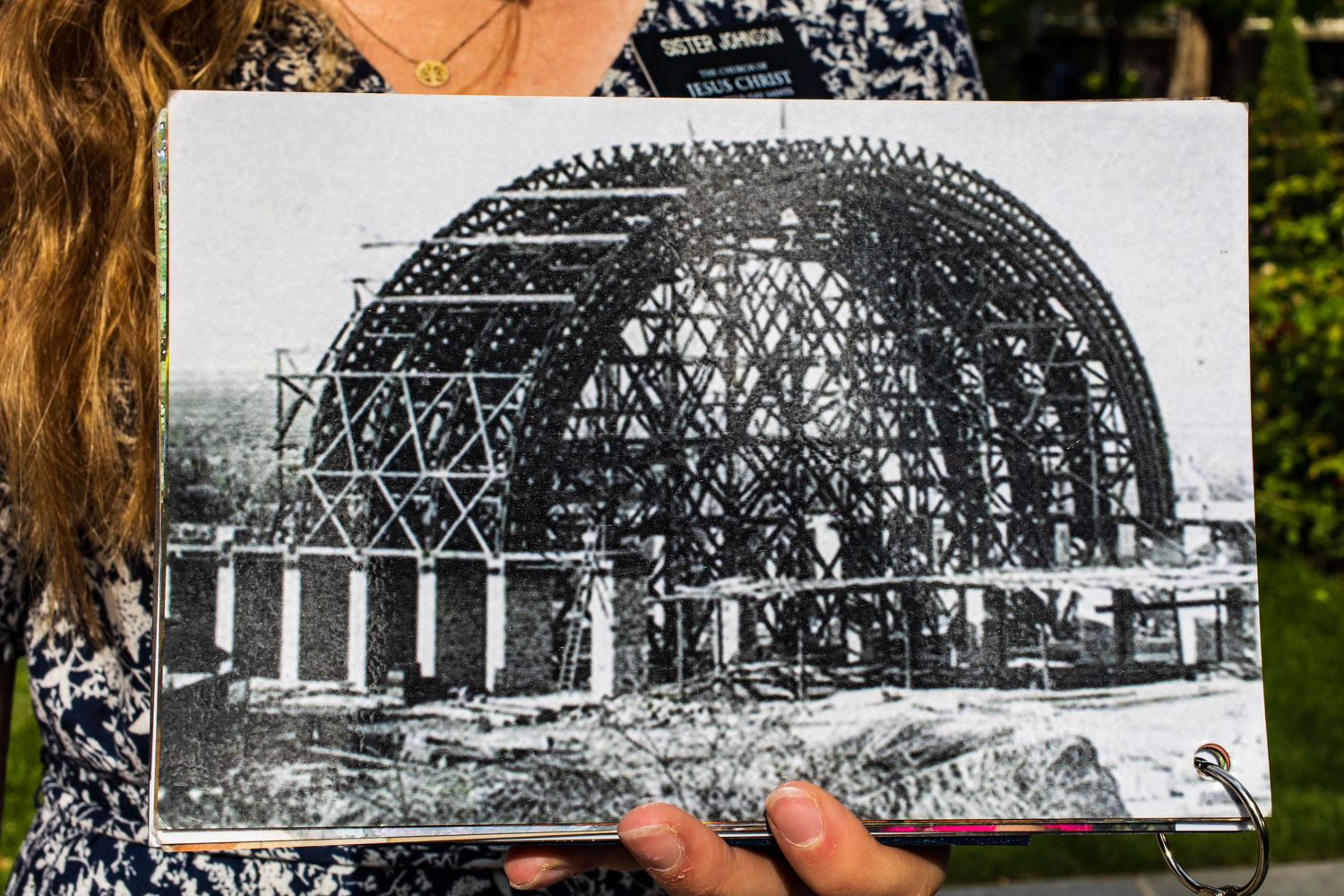
Brigham Young wanted to build the structure so speakers could be heard from a long distance. The building’s acoustics allow a pin drop to be heard from 170 feet away. The unique design helped the Church achieve its goals of allowing a large congregation to hear the prophet and other Church leaders speak. Thousands of meetings, concerts, lectures, and other public events have taken place in the Tabernacle. Twelve presidents of the United States have spoken from the Tabernacle’s pulpit, as well as leading suffragist Susan B. Anthony, trans-Atlantic pilot Charles Lindbergh, and many other prominent people. The Tabernacle was the first building in the United States to be designated as a National Historic Civic Engineering Landmark.
Ron Ferreri, James Cramer and I visited the Tabernacle in the summer of 1951, and we were afforded an opportunity to listen to the Mormon Tabernacle Choir practice. We could attest to the unbelievable acoustics of this structure.
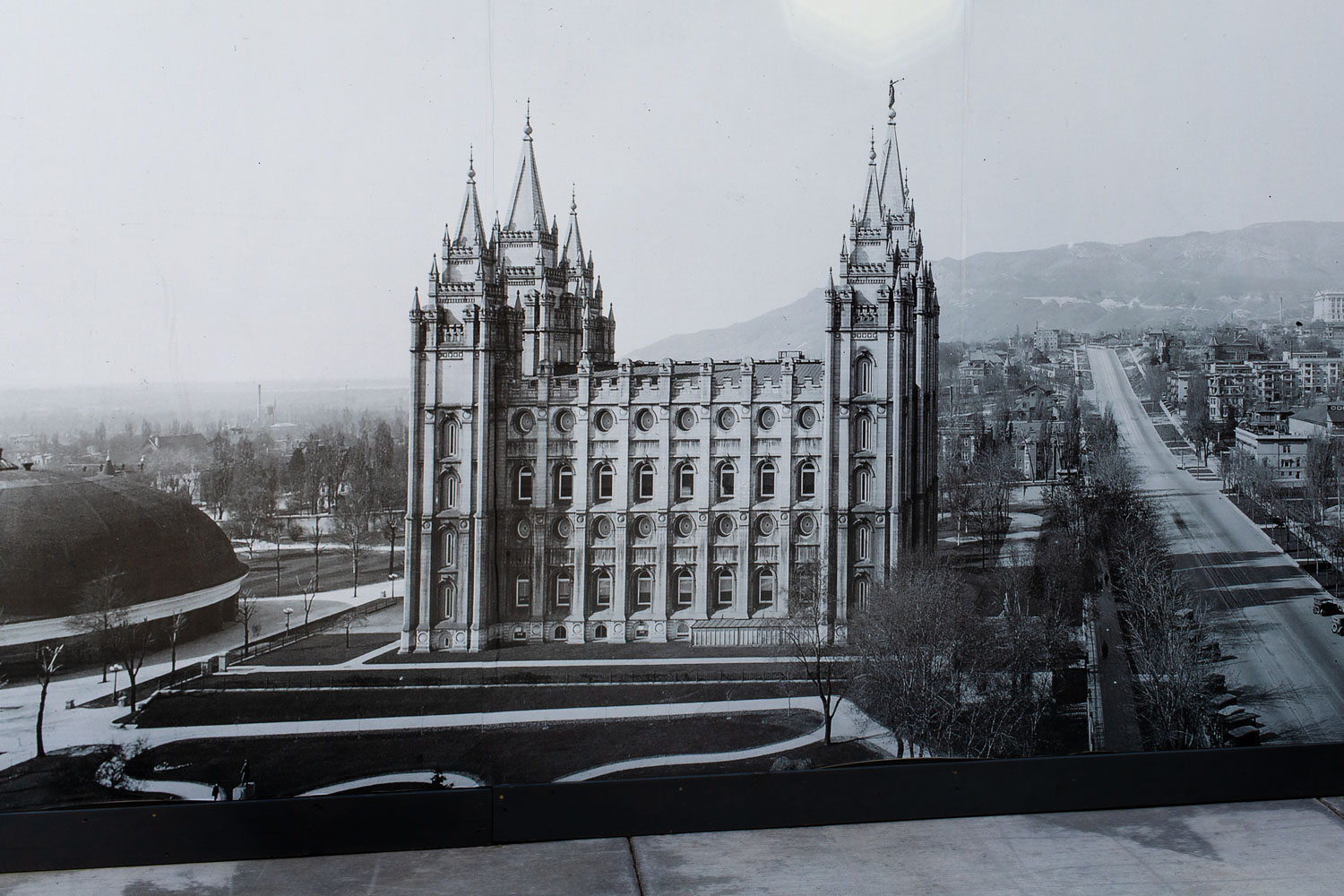
The Salt Lake Temple is the centerpiece of the 10-acre Temple Square. Like other Latter-day Saint temples, the church and its members consider it sacred and a Temple recommmendation is required to enter, so there are no public tours inside the temple. In 1912 the first public photographs of the interior were published. Since then, various photographs have been published including photographs by Life magazine in 1938. There will be a public opening of the Temple, when the current construction is completed. The opening and viewing is estimated to be in 2024.
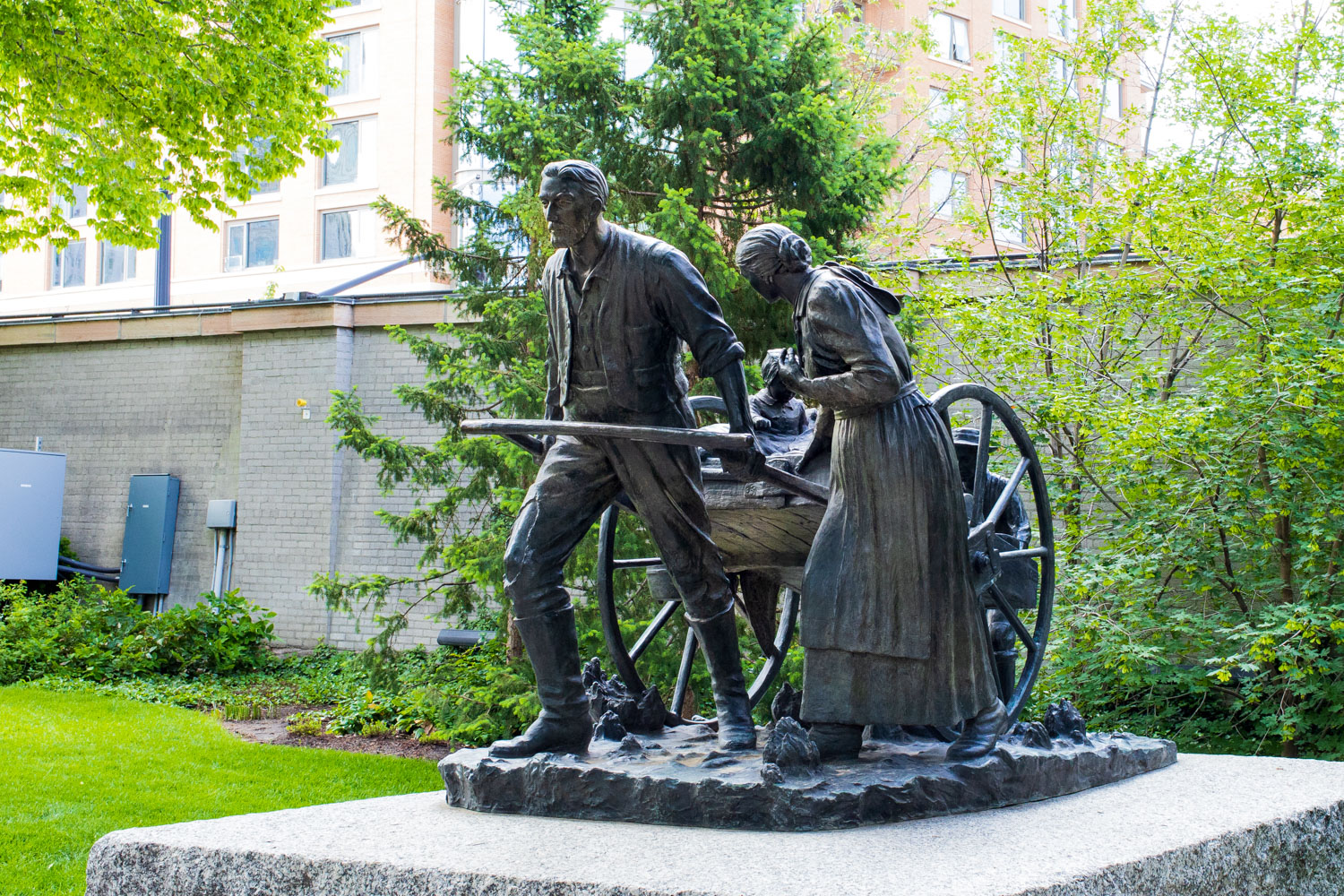
Handcart companies were few. Of the more than 250 organized Latter-day Saint companies that came to Utah during the pioneer era, only 10 companies, consisting of about 3,000 people total, were handcart companies. Five handcart companies came in 1856, two in 1857, one in 1859, and two in 1860. Each of these companies had accompanying supply wagons to carry the heaviest items, such as tents, food, and other supplies. One wagon was provided for every 100 people.
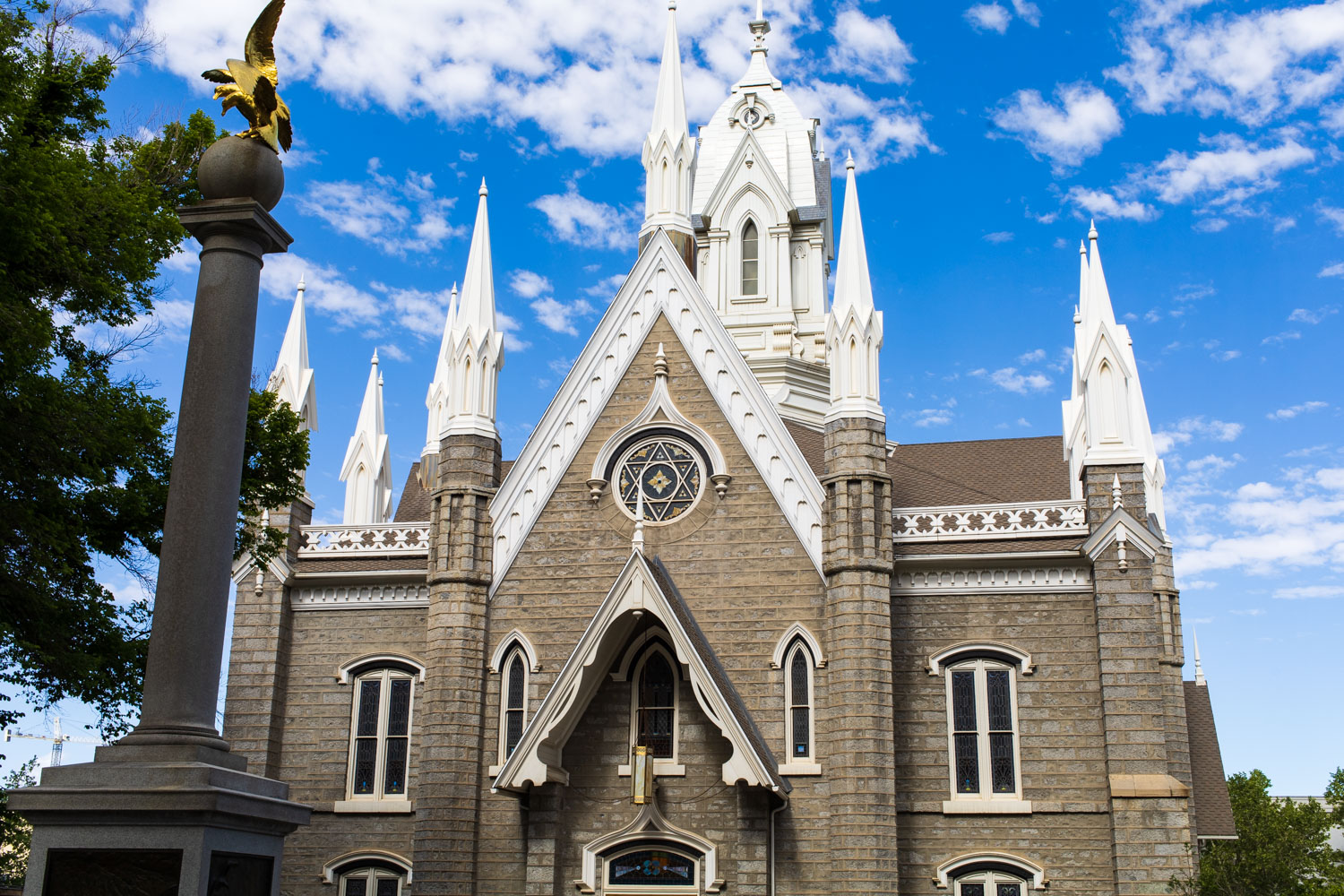
The traditional story is that the seagulls annihilated the insects, ensuring the survival of some 4,000 Mormon pioneers who had traveled to Utah. For this reason, Seagull Monument was erected, and the California gull is the state bird of Utah.
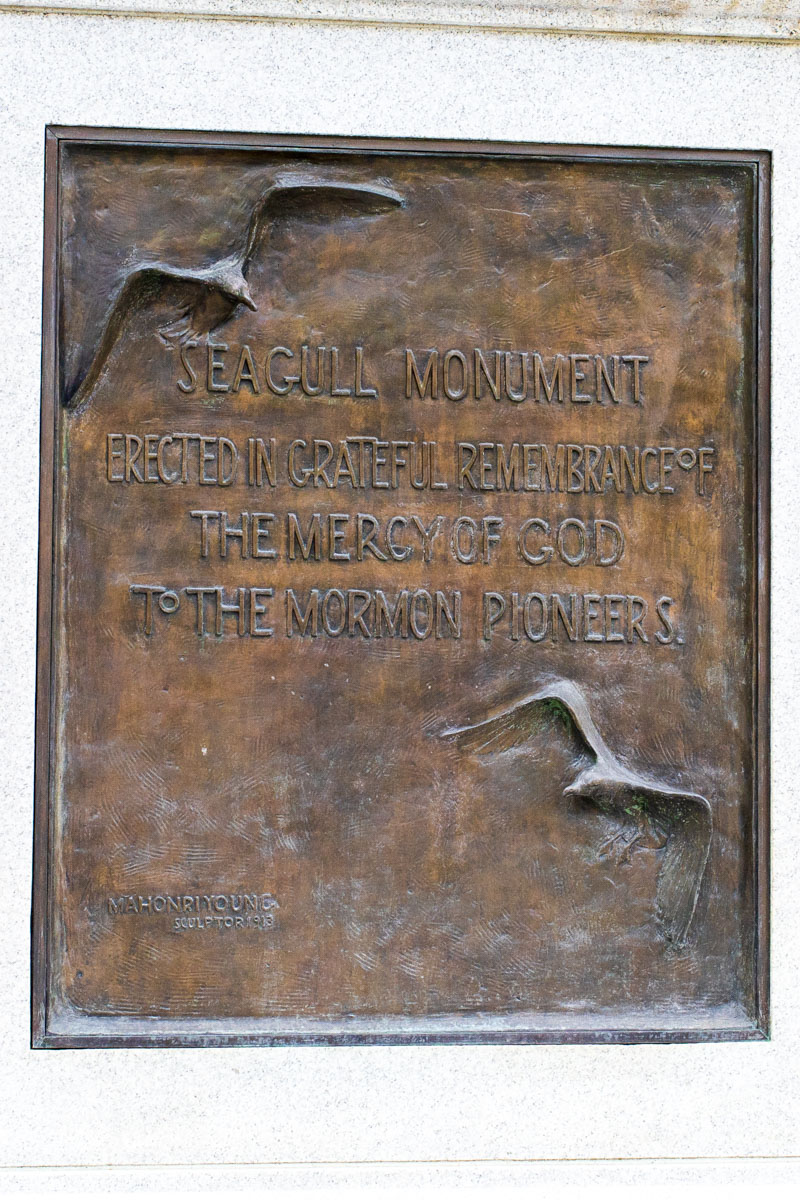
We had two delightful young IDS Missionaries lead us on a tour of Temple Square. Again because of Covid the Tabernacle was closed, and the Temple was under major construction project of under pinning the foundation. They have and are driving steel pilings to reinorce the structure. Then they will be raising the entire structure and setting it down on the pilings. The driving of steel pilings is a very similar process as now used in the construction of major highway bridges. But resetting this complete structure on new columns is a collisional undertaking.
Our guides were on their Mission for the LDS Church. This is one of the great strengths of the LDS Church. Both young men and women give one to two years of their lives to do their mission work. The cost of which is born by the family. This mission work is global in reach. The two ladies who led us were from California and would each spend a year working in Salt Lake City.
After we published our Travel Log on Bath, UK, another LDS friend commented to me that he had done his mission at Bath. I hold the LDS Church and the Mormon people in high respect; and know that if we worked as hard, as they do, for our denominations we would live in a better society.
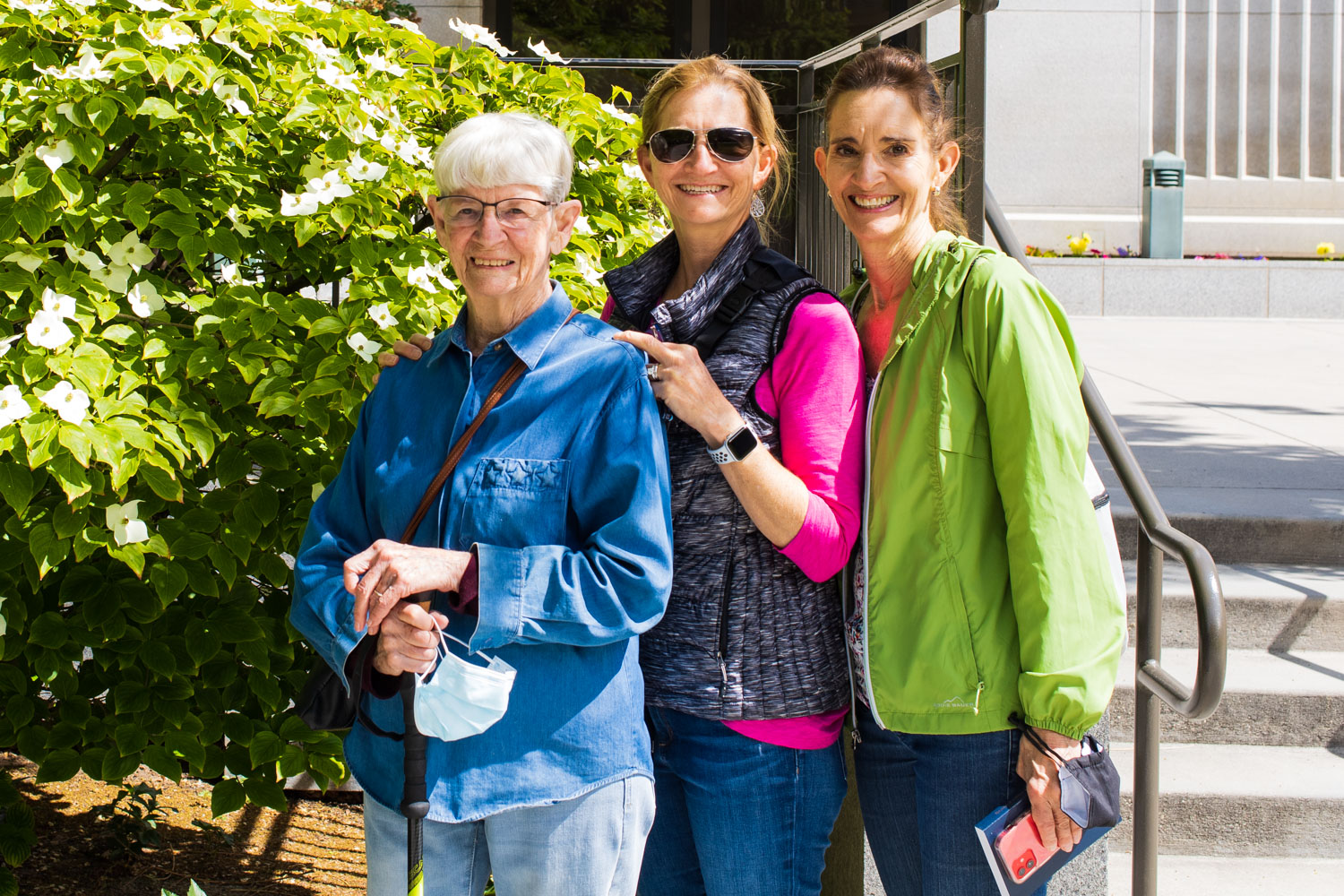
Our Tour of Temple Square was terrific and set the pace for our next little jaunt across the Mountain to Park City and Park City's part in the 2002 Olympics.
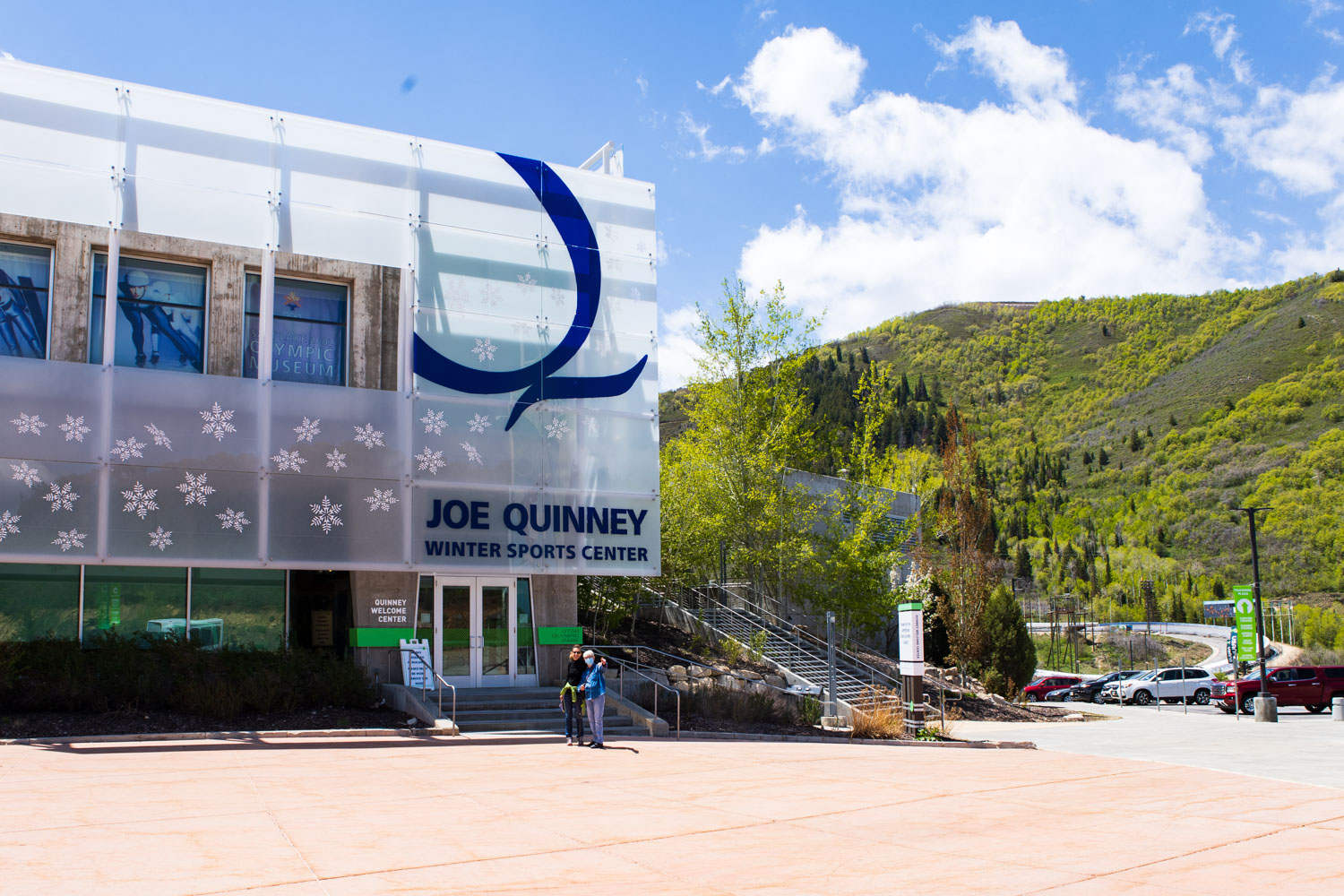
We are on the actual grounds of the 2002 Olympic Winter Games. The State of Utah, Salt Lake City and probably hundreds of others have now taken these facilities and made them into an Olympic Training Center. The financial support for this Center came from the profits of the 2002 Olympic Winter Games.
Before we tour this Center let me remind you of the tremendous pressure that was placed on these 2002 Games. The Games began in January, and you well remember what happened just four months previously on September 11, 2001. The security pressure was immense during these weeks before, during and even alter the success of the 2002 Winter Olympics. We were in awe of how the people of Utah handled this pressure and gave the world a fantastic Winter Olympiad.
Well done Salt Lake City!
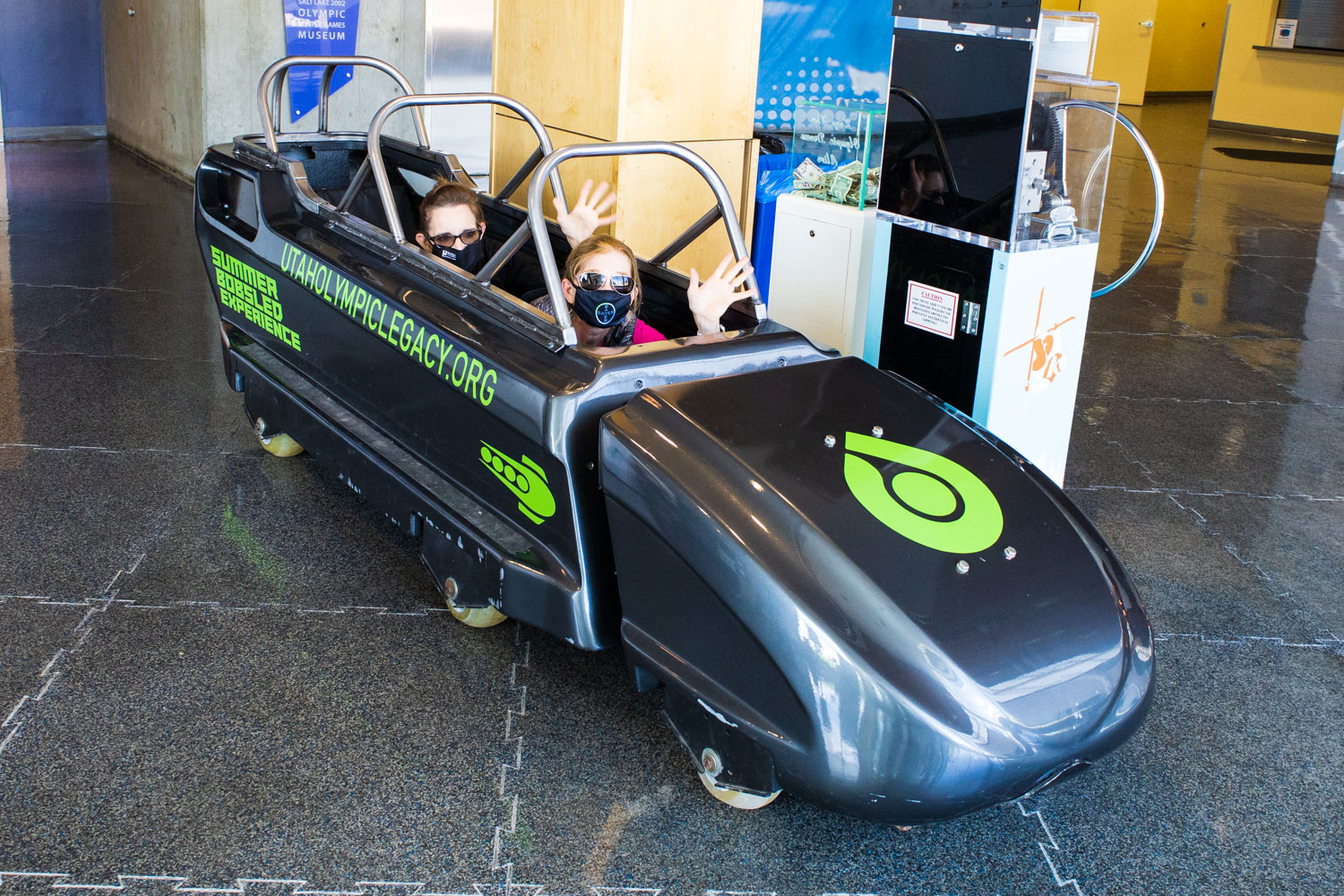
Here are two new athletes in training with visions of Olympic Gold!

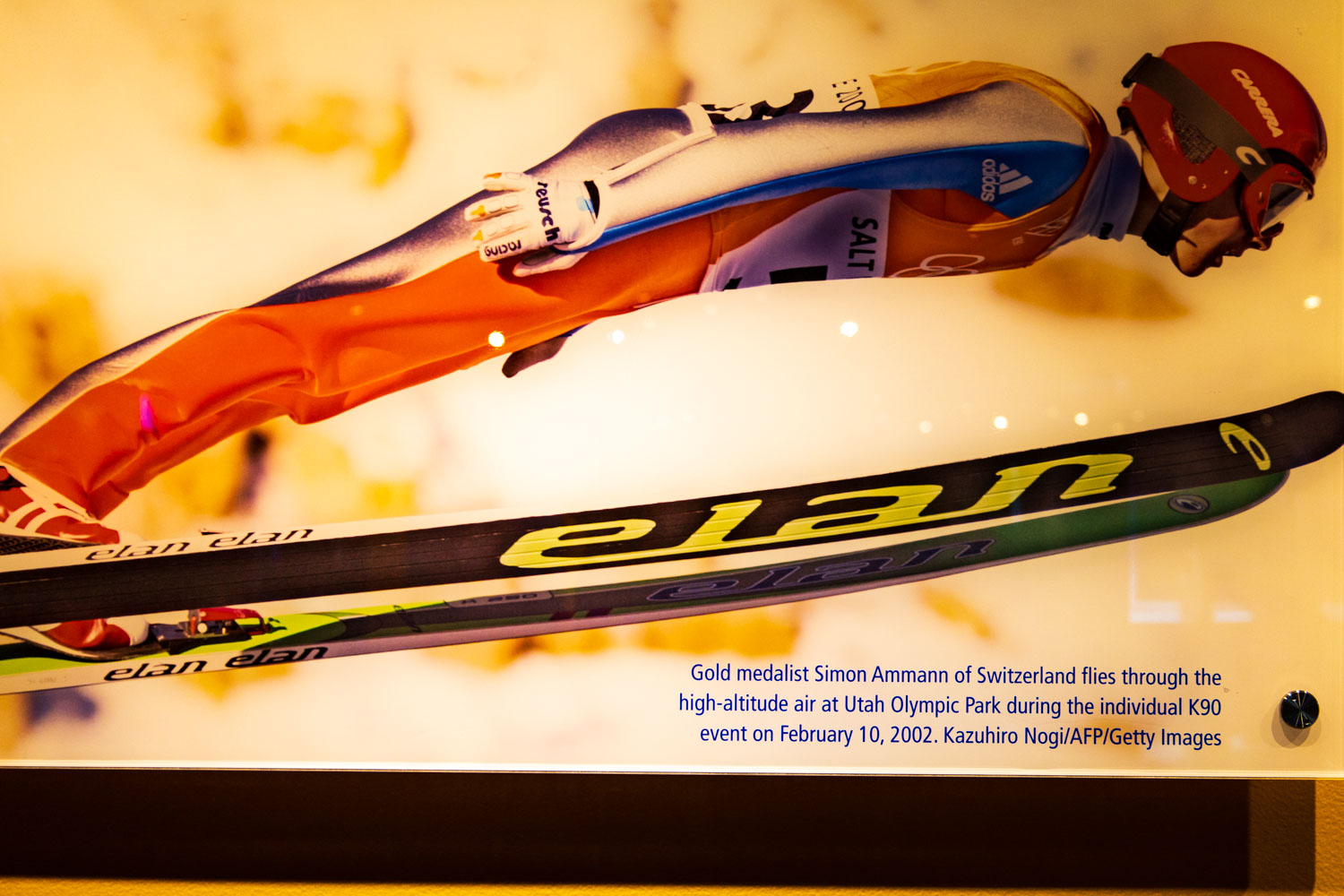
Practice, practice and then practice some more; and the reward is a Gold Metal for Simon Ammenn of Switzerland.
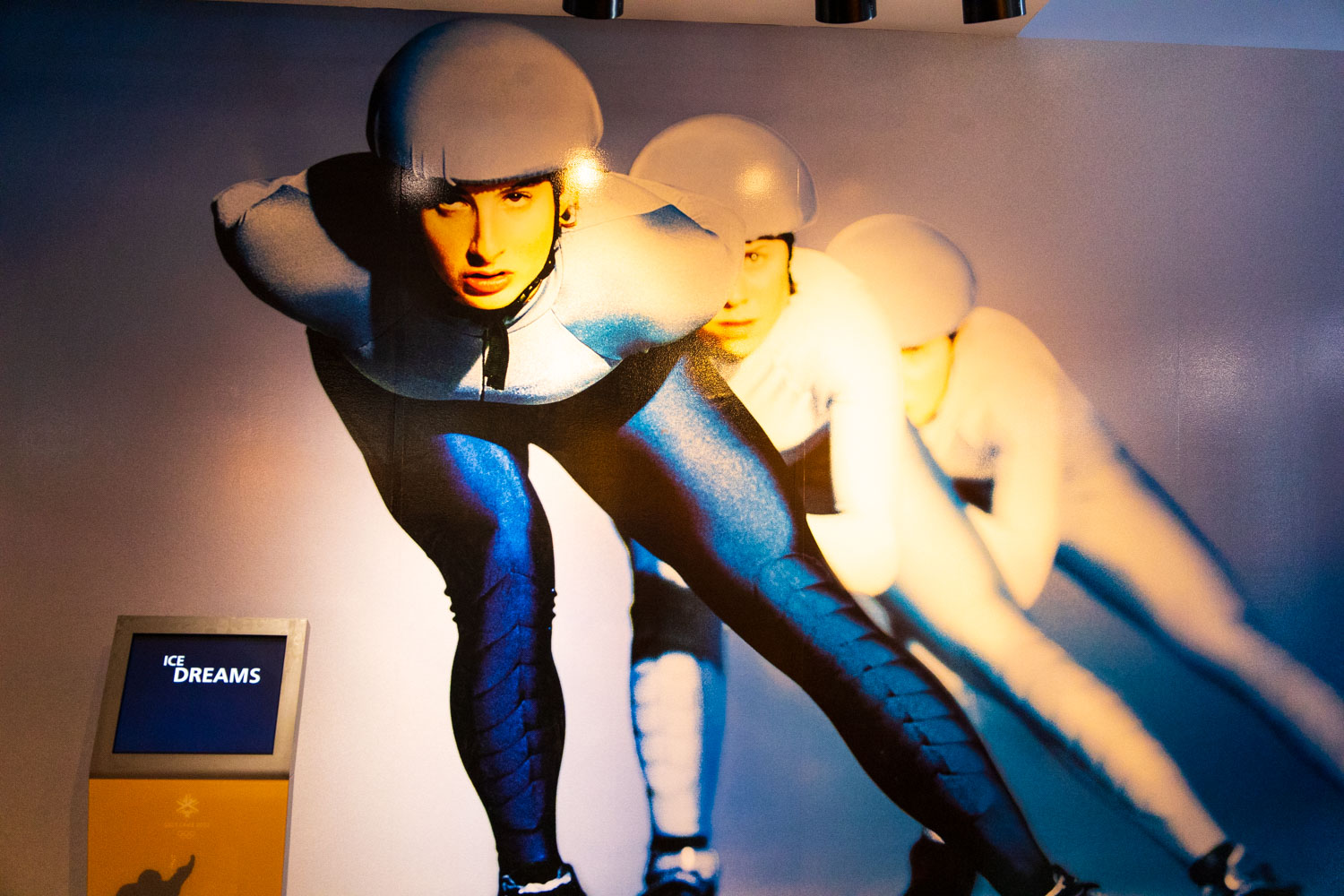

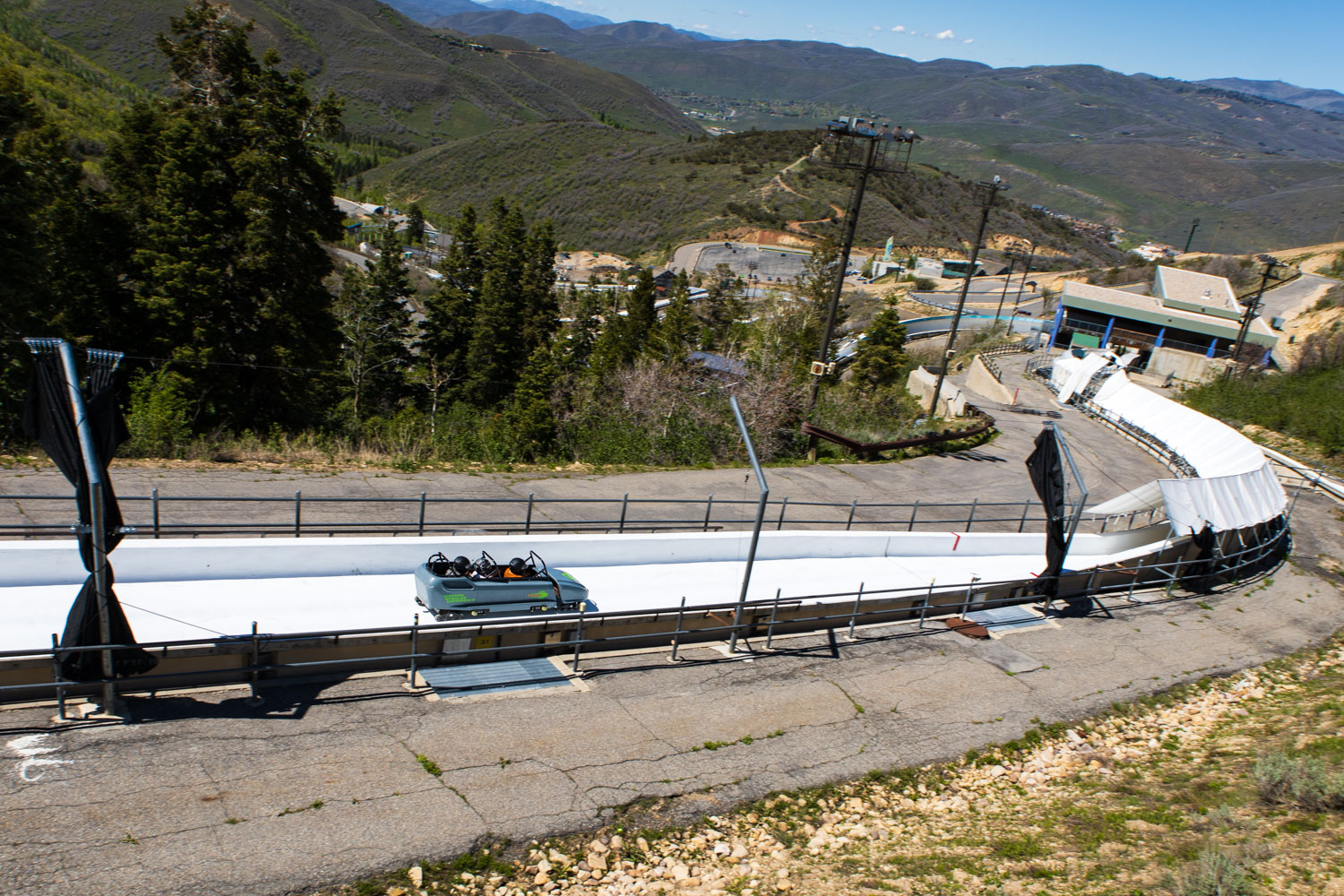
The Bobsled run and today it is a practice facility. The refrigeration plant for this Run is a wonder in itself.

The 'bug' has bitten them, and they are looking at this model but waitimg for the 'Sale'.
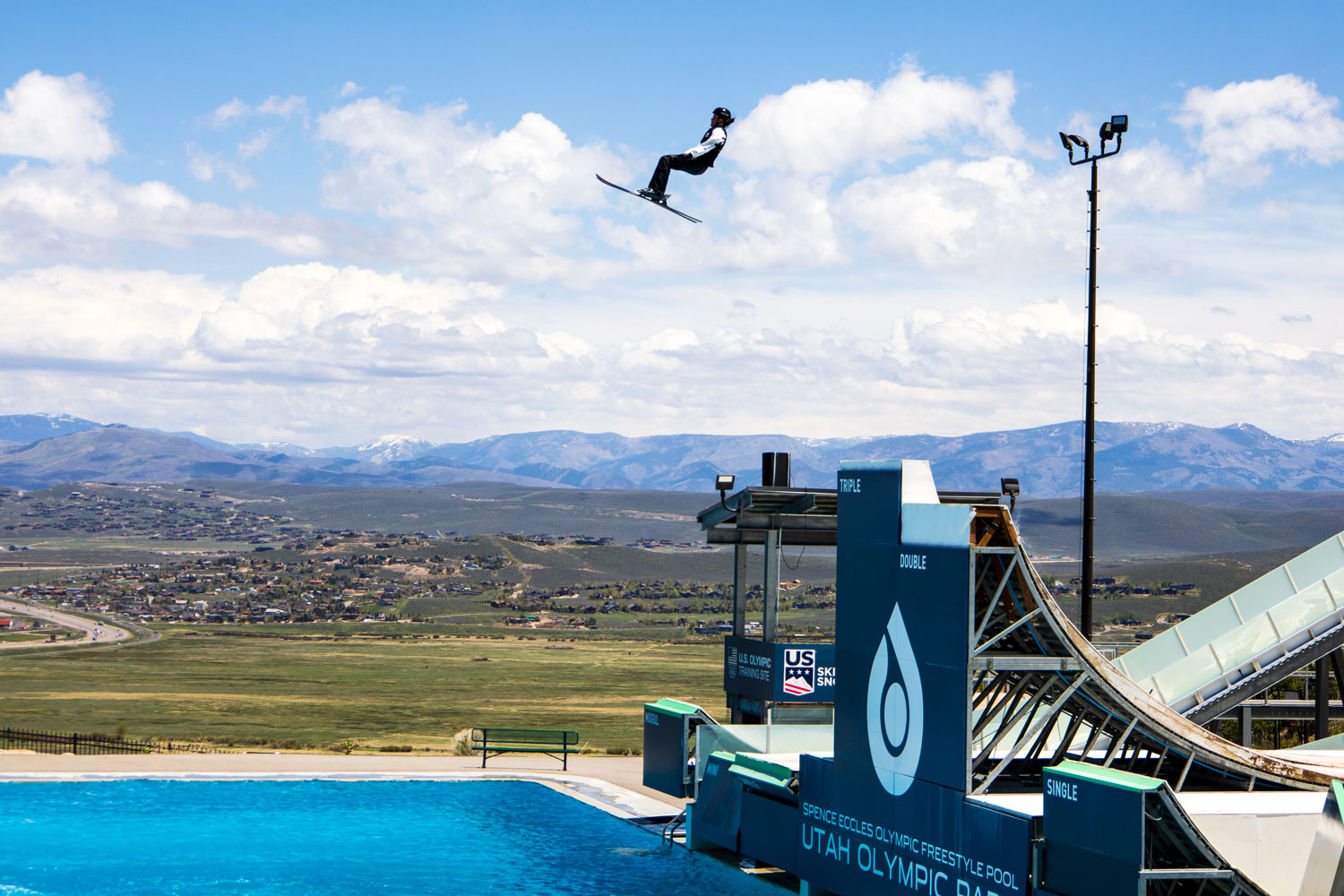
We were rather spellbound with these jumpers and their acrobatics. We found viewing chairs and sat for a good hour. These are just a sample of the practicing we observed.
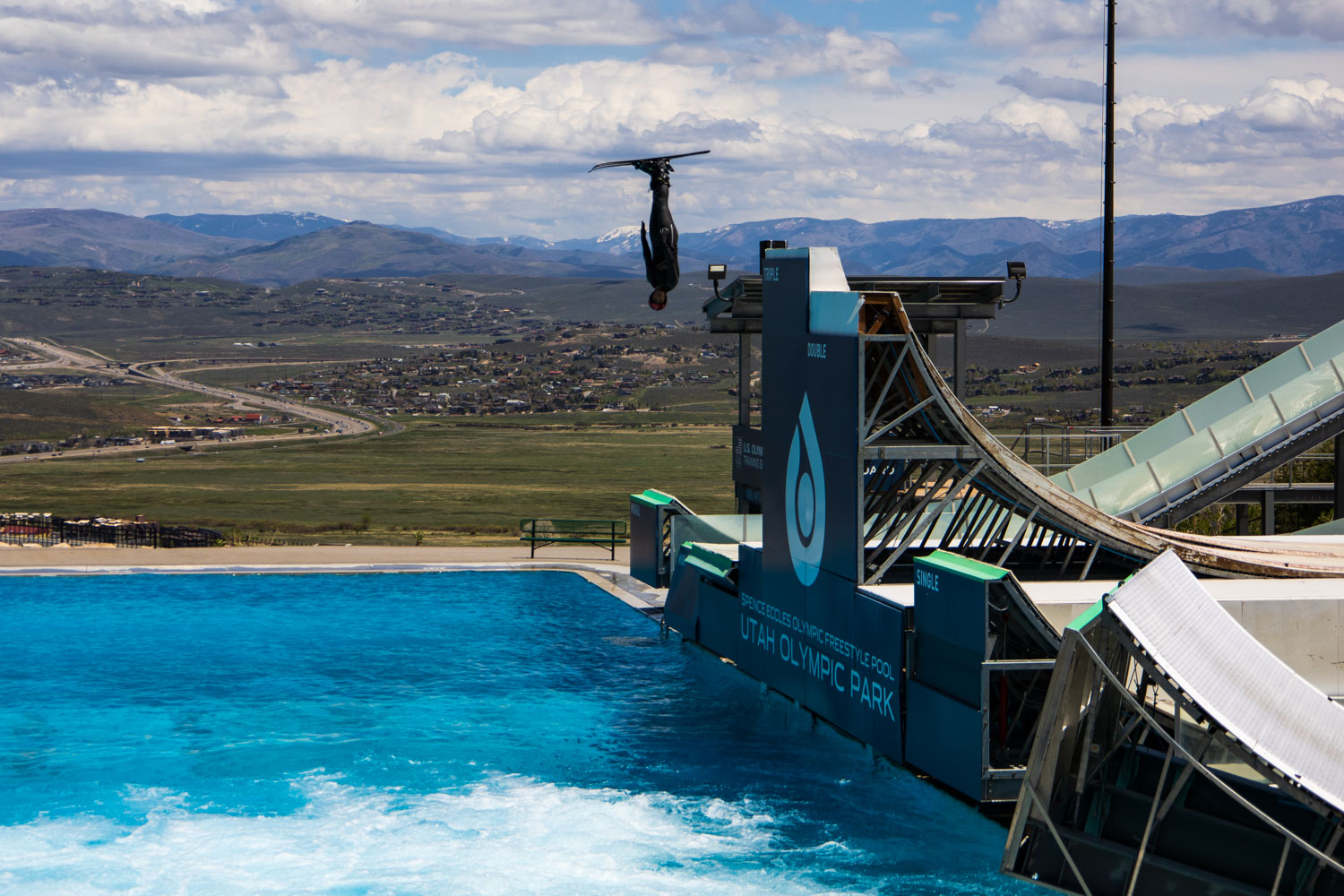
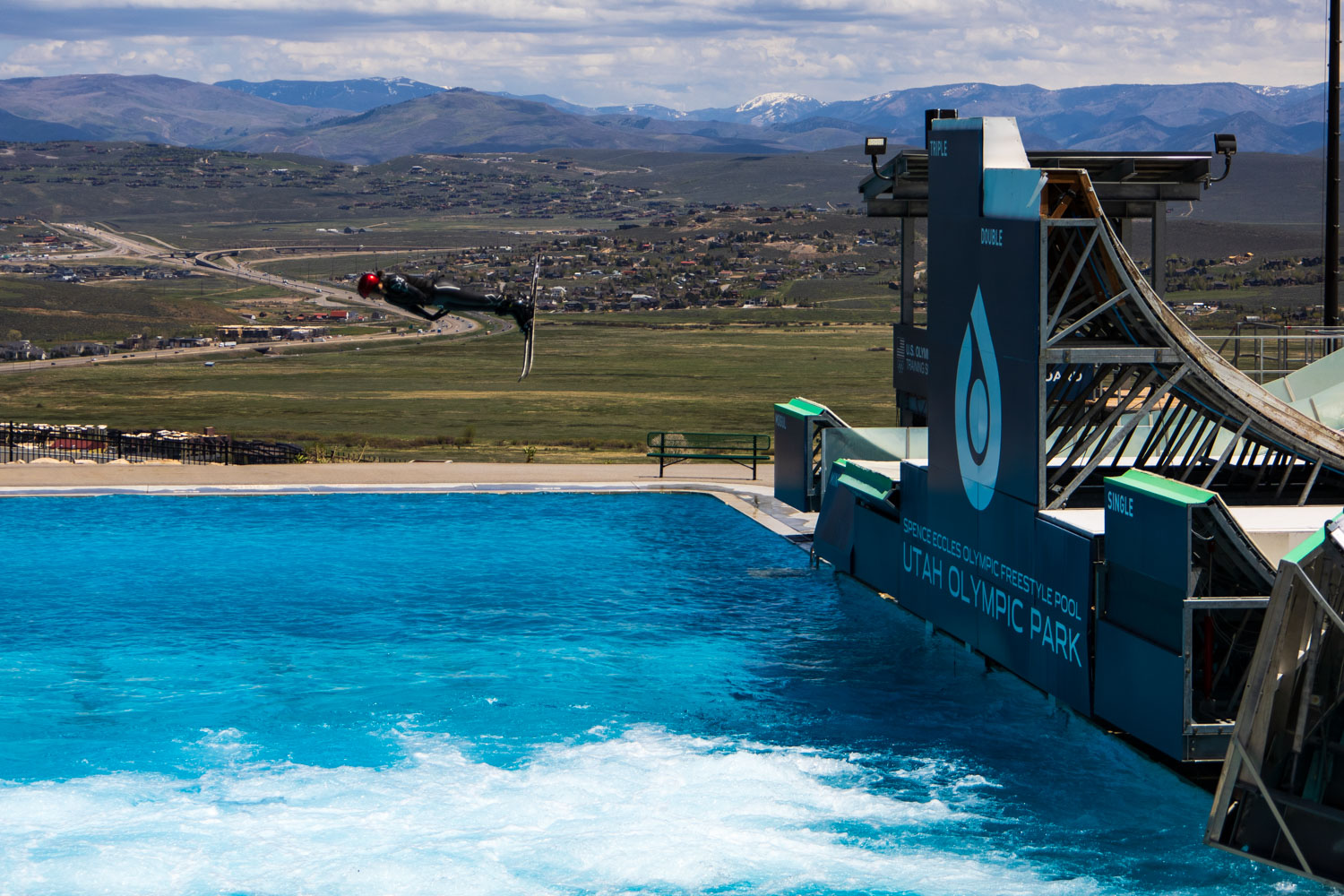
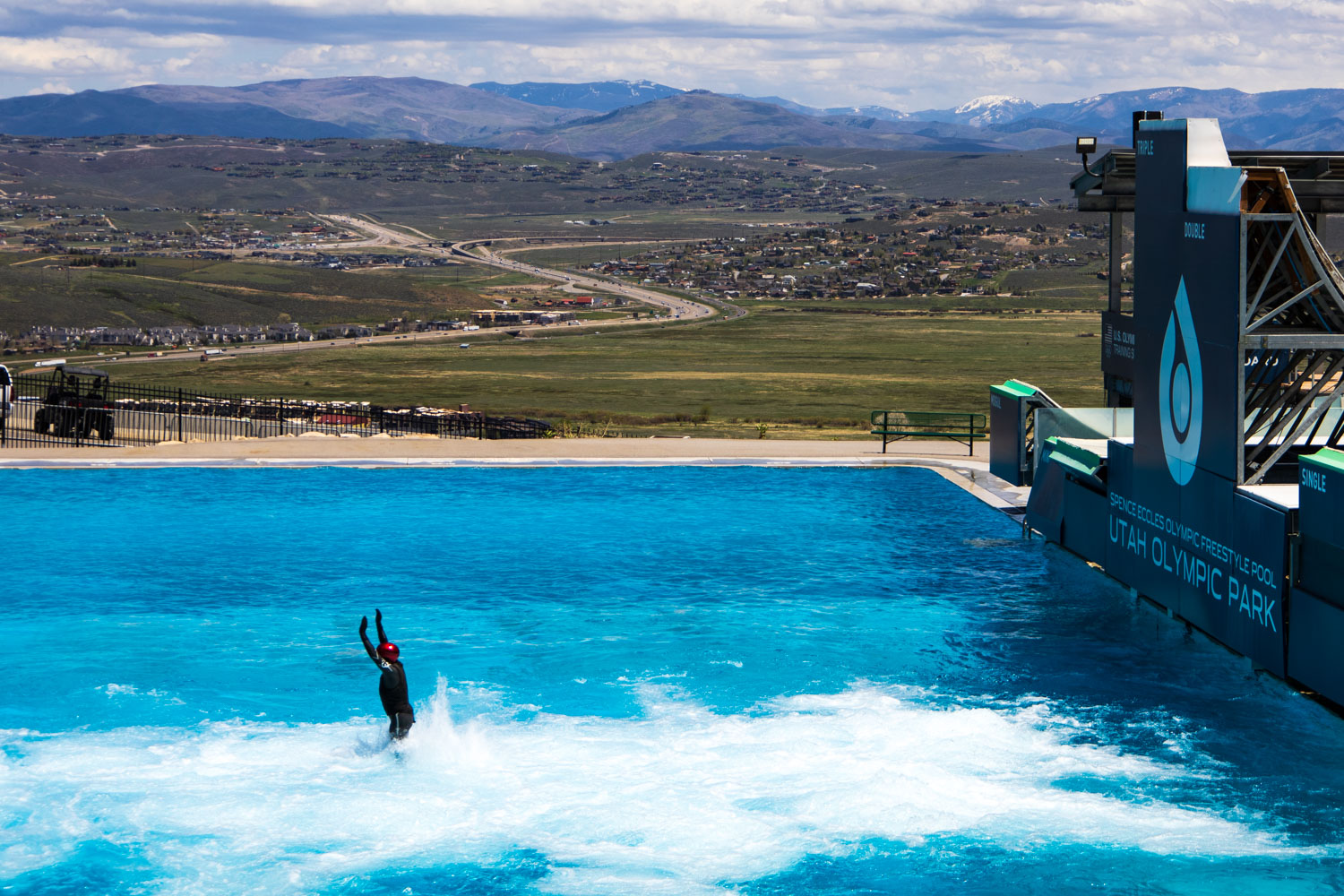
My first impression of the bubbling water was to simulate a snow visual the skiers. Wrong! The bubbling water makes for a softer landing on the jumpers.
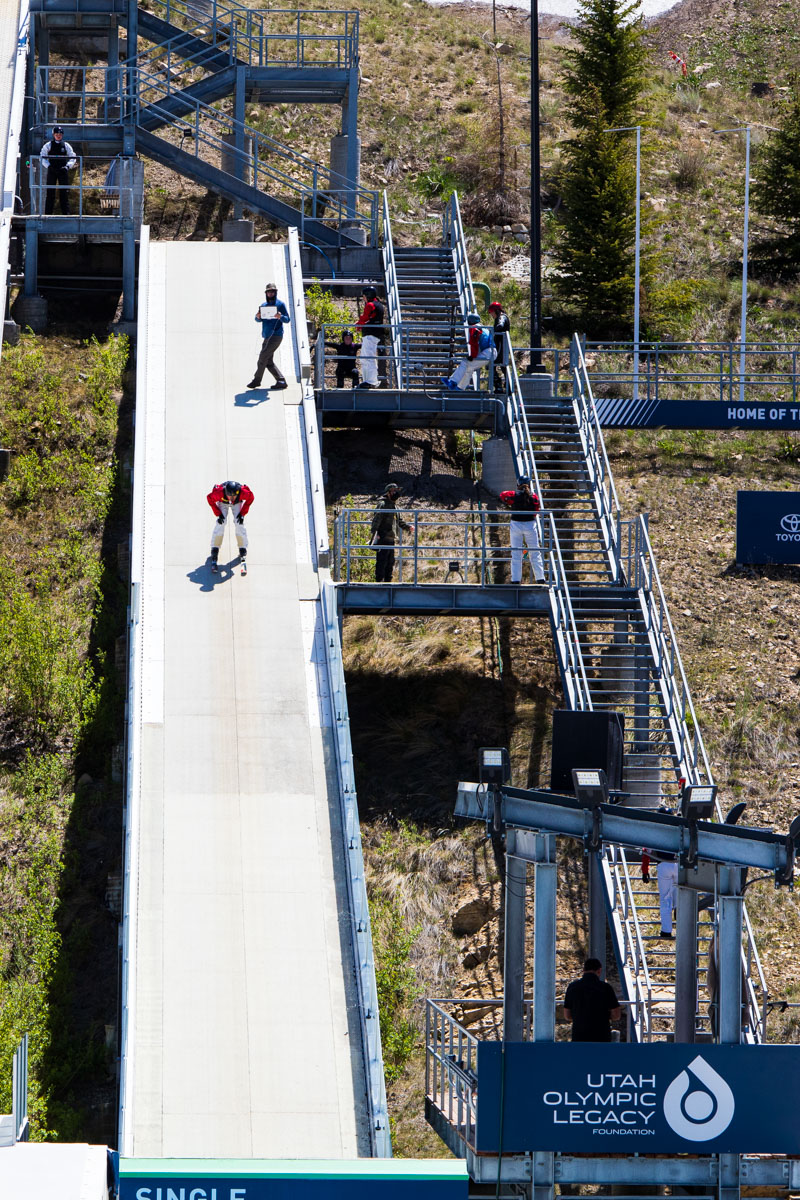
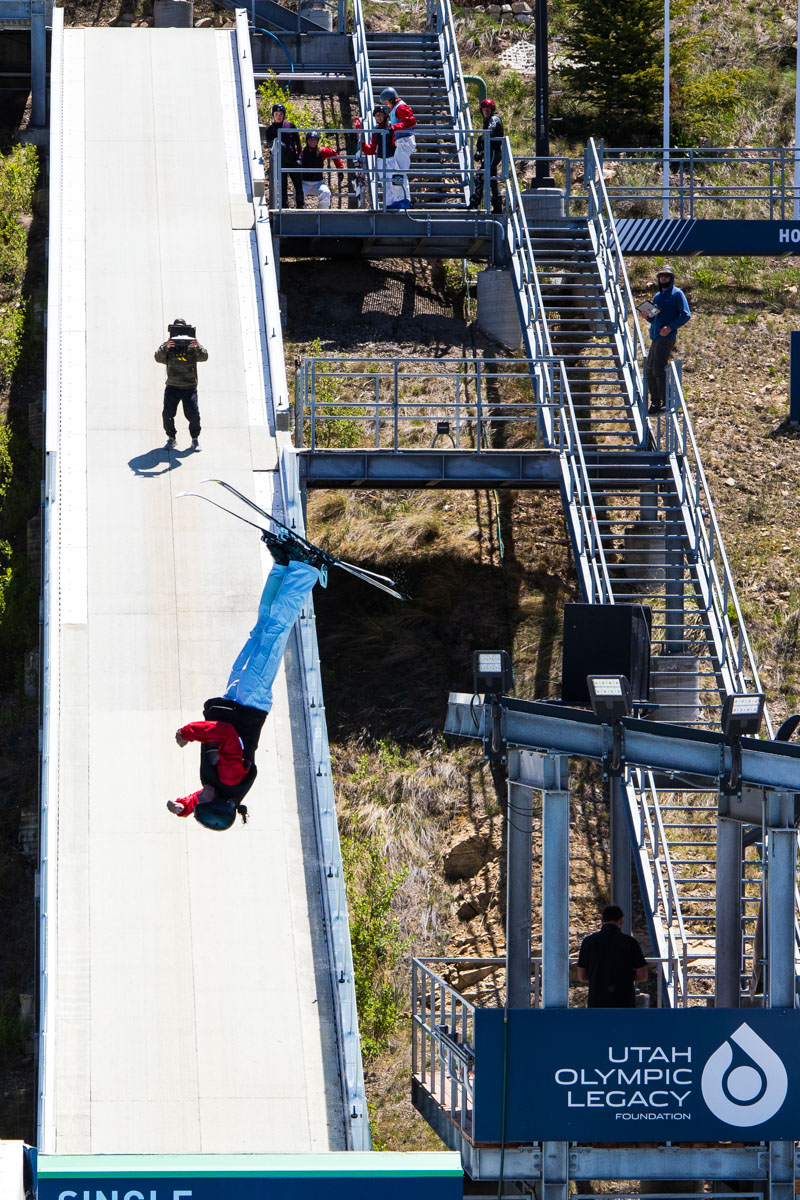
Note the upper person at the top with an iPad. He is the coach and is holding the iPad and taking photos to share with his trainee.
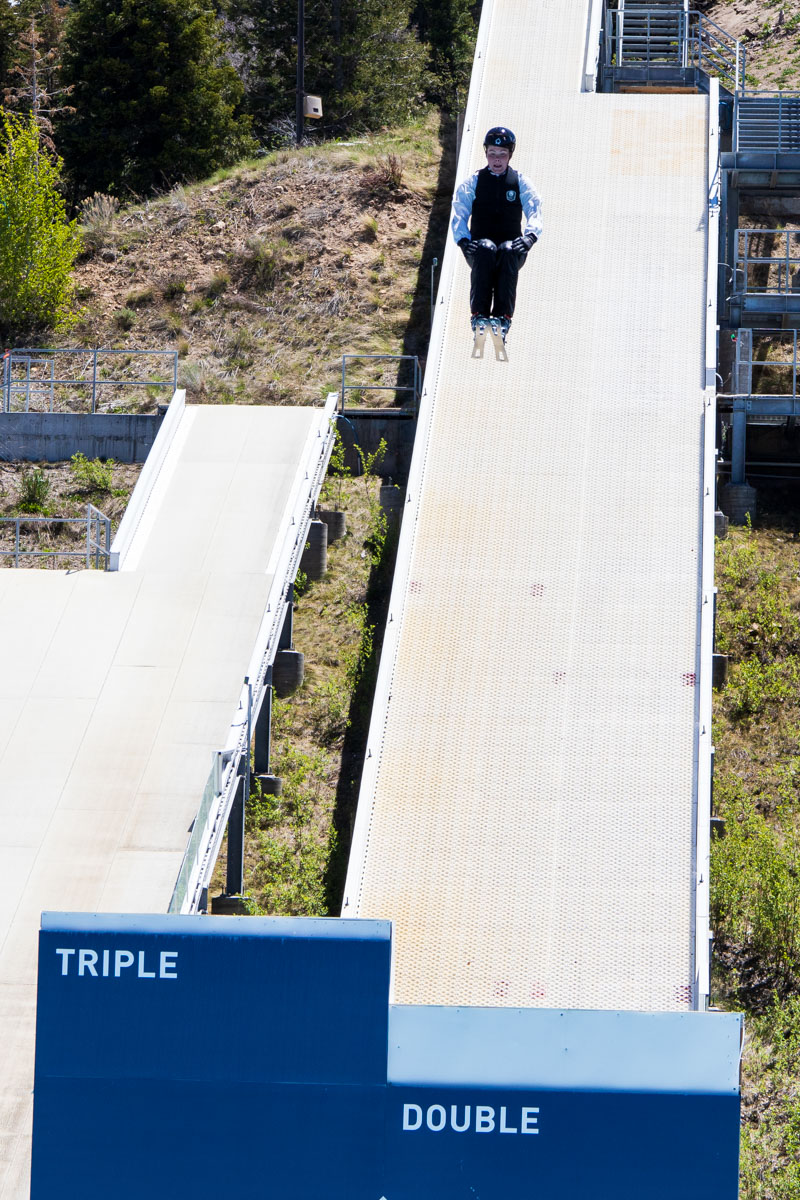
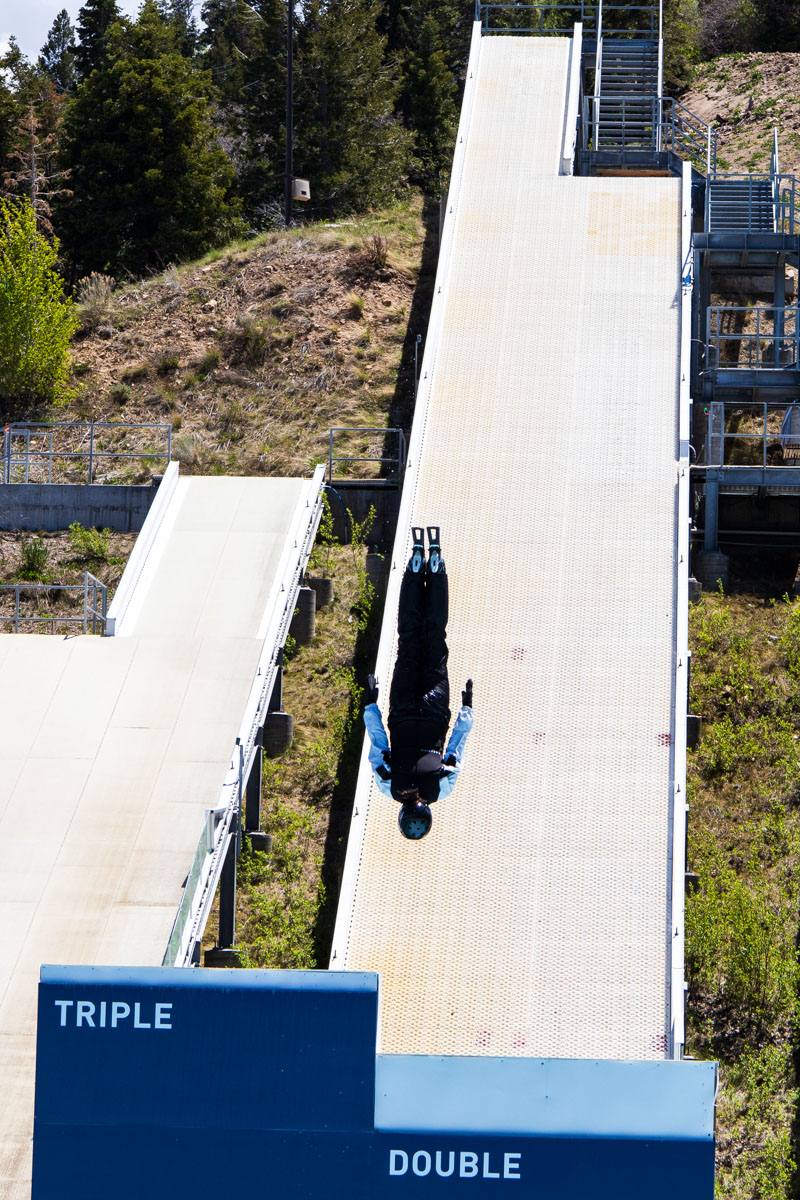
You'll note the slot in the skis. These training skis all have these slots, as they work better on the Teflon surface on the ramps.
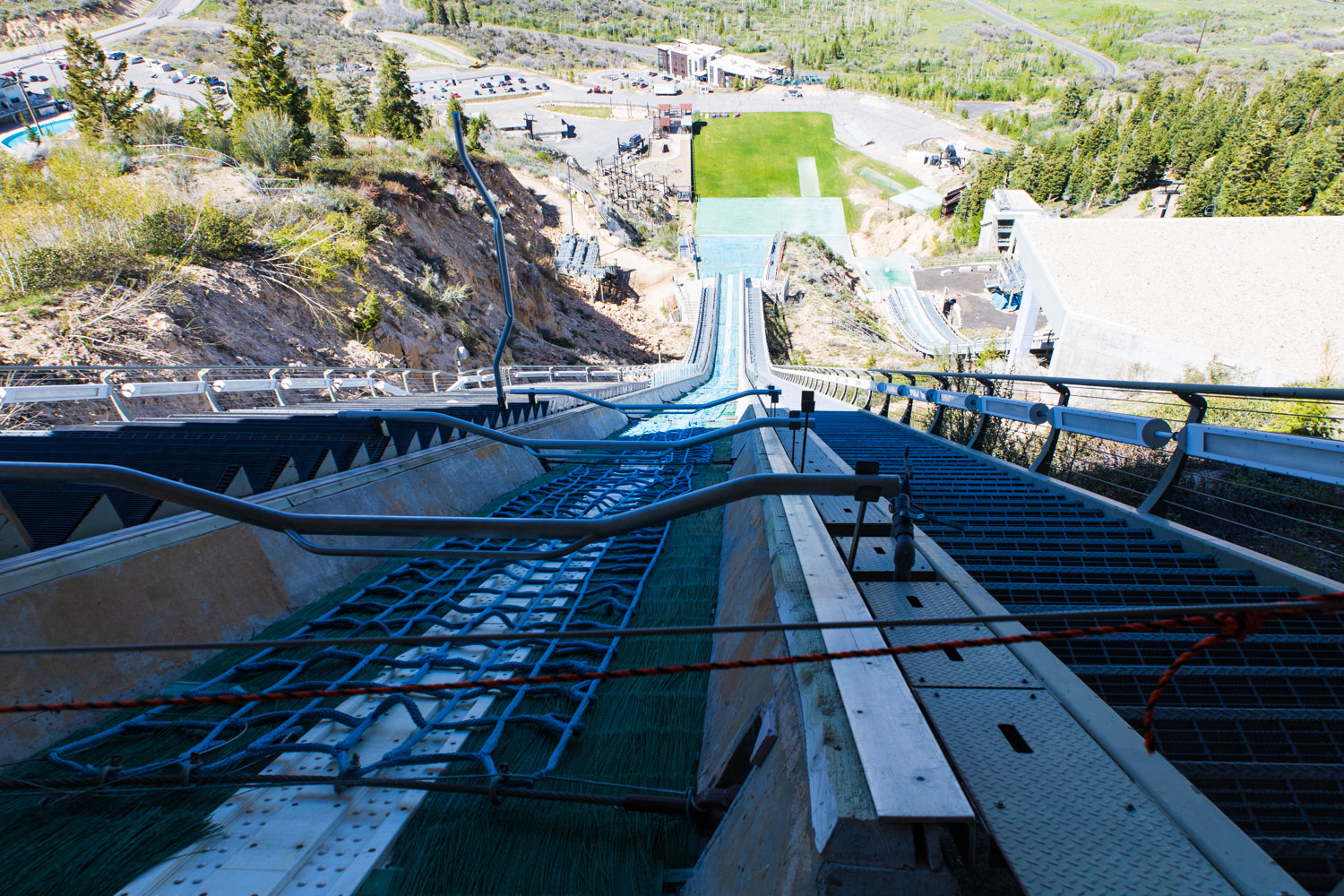
We are looking down the 90 and 120mm ski jumps. The wire cages you see actually hold the snow and ice in place and keep it from sliding down the ramps. The120mm 393.7') 90mm (295.27) ski jumps are the Olympic standards. .....Vikersundbakken in Vikersund, Norway, which is officially ratified at a height of 225 meters is the highest jump.
To cap off our visit to Park City we had a late lunch with Julie Schleck a friend we've know for years from The Inn at Mazatlan.
Come on Willie sing us another verse, and we’ll move on down the road.
